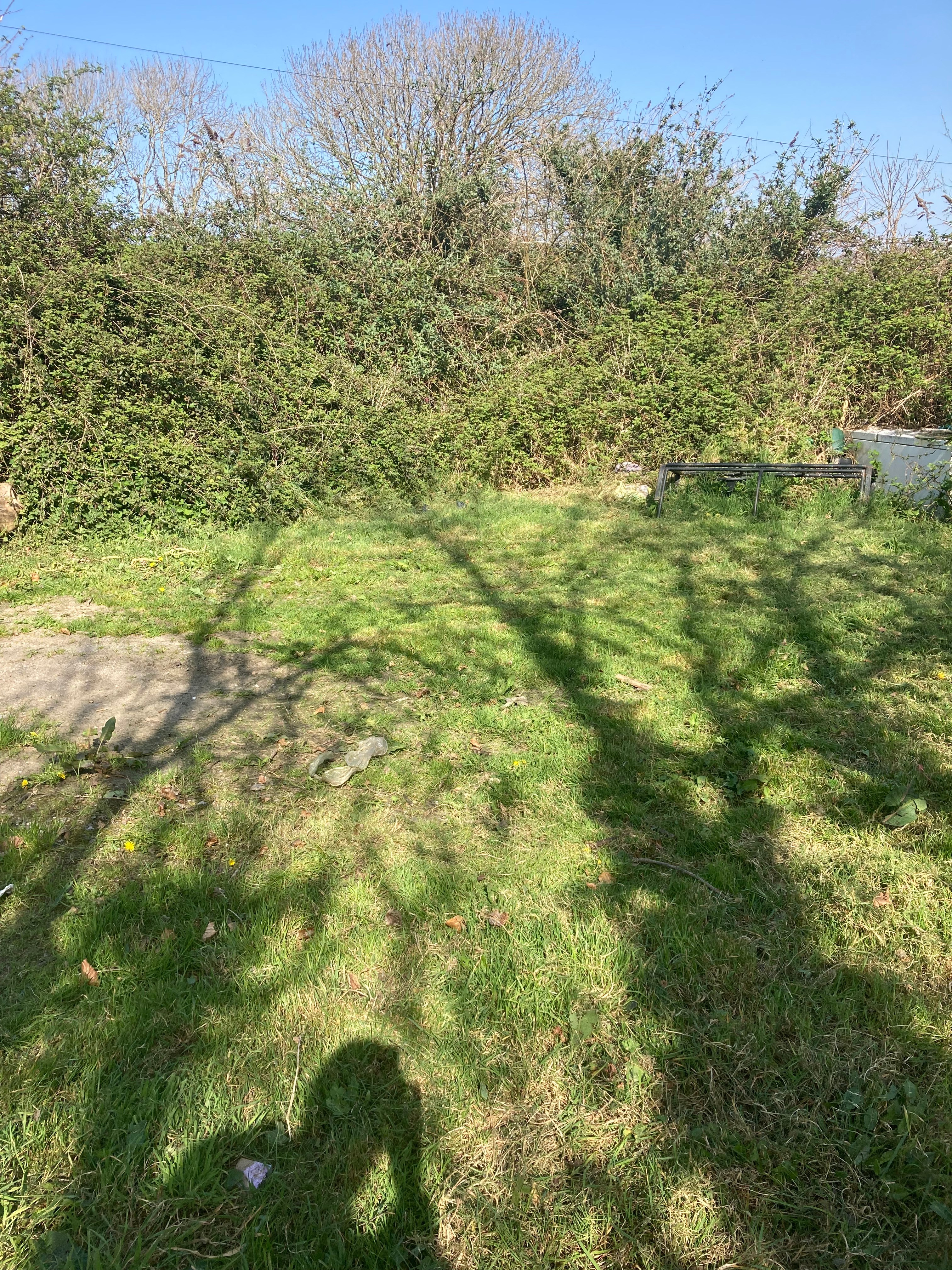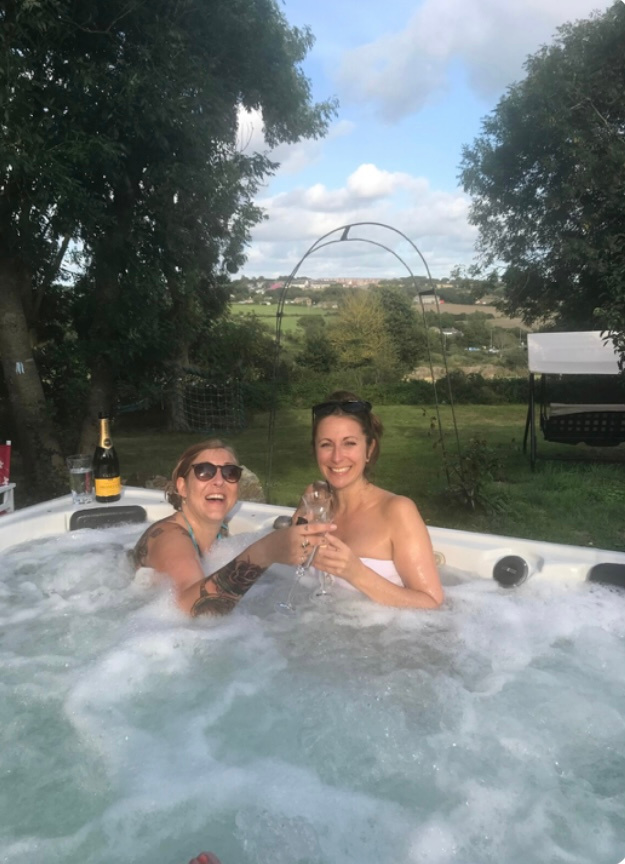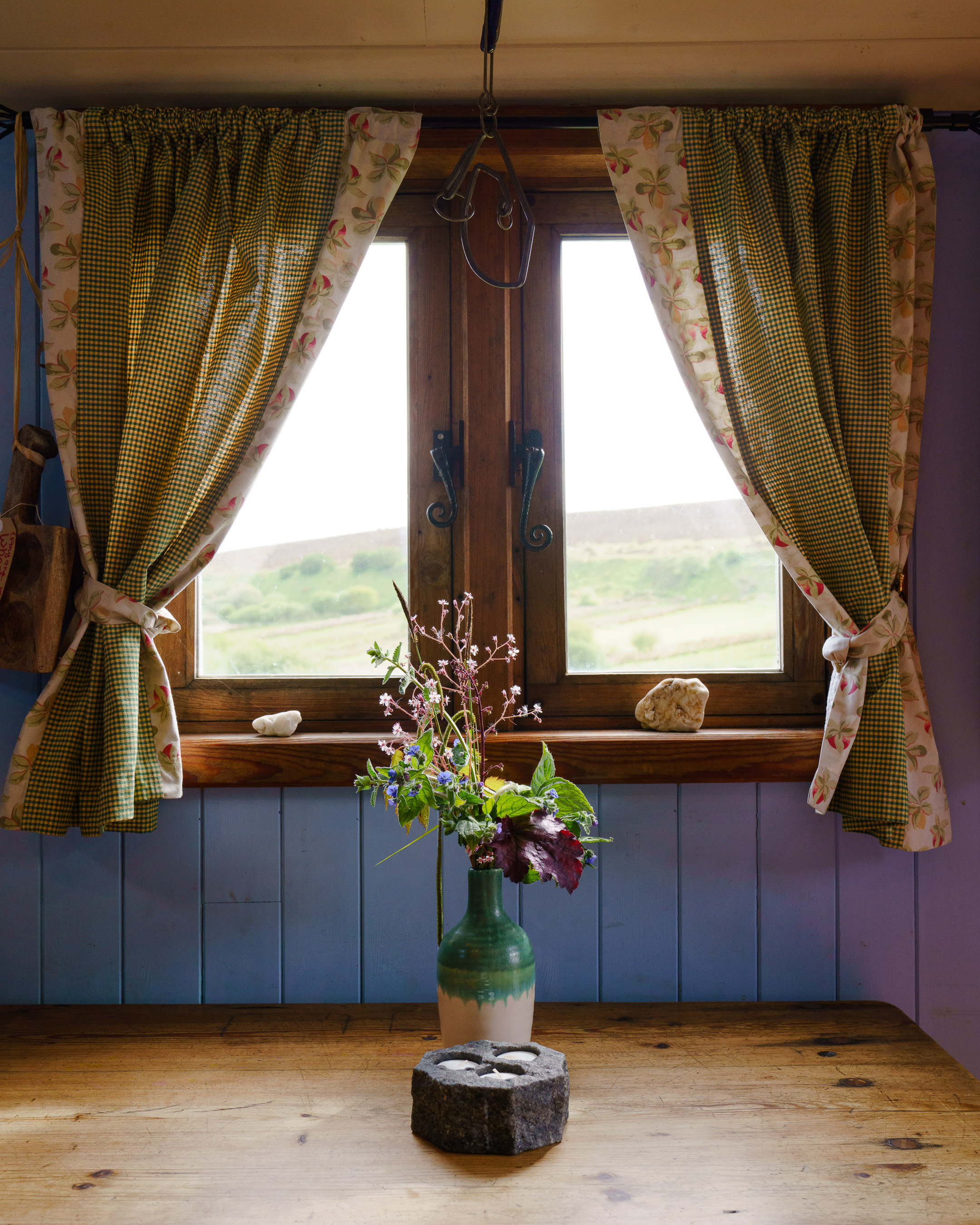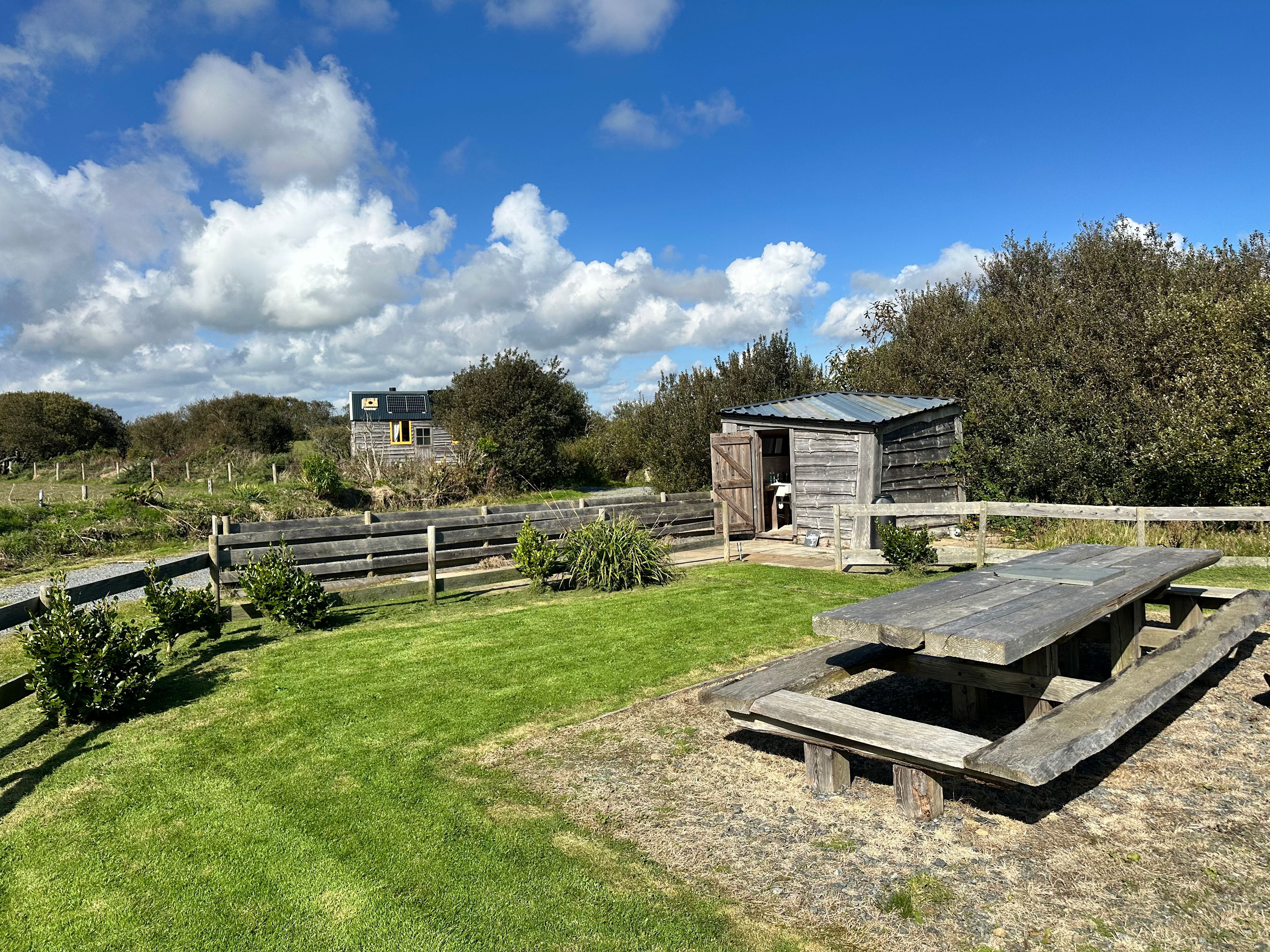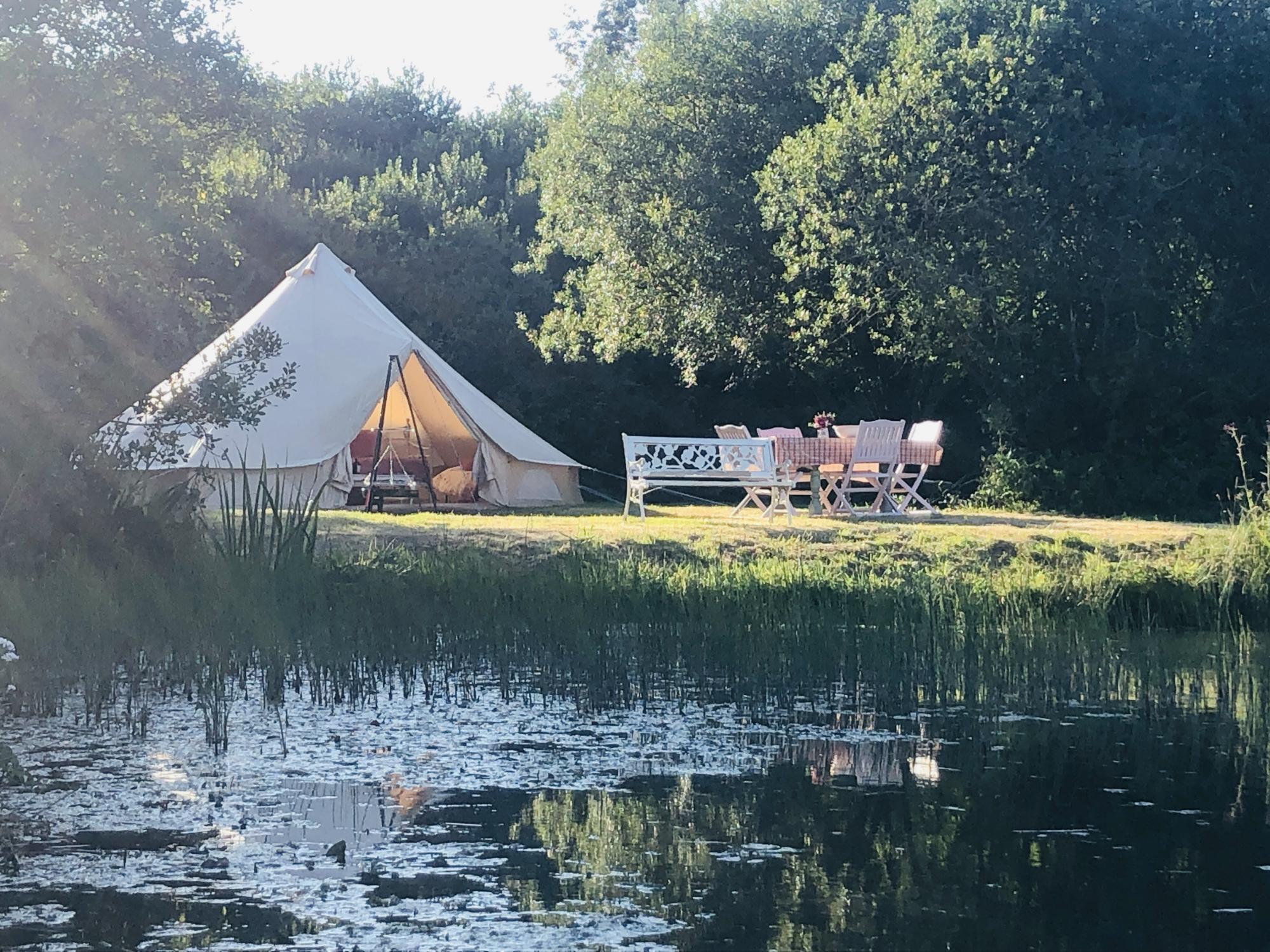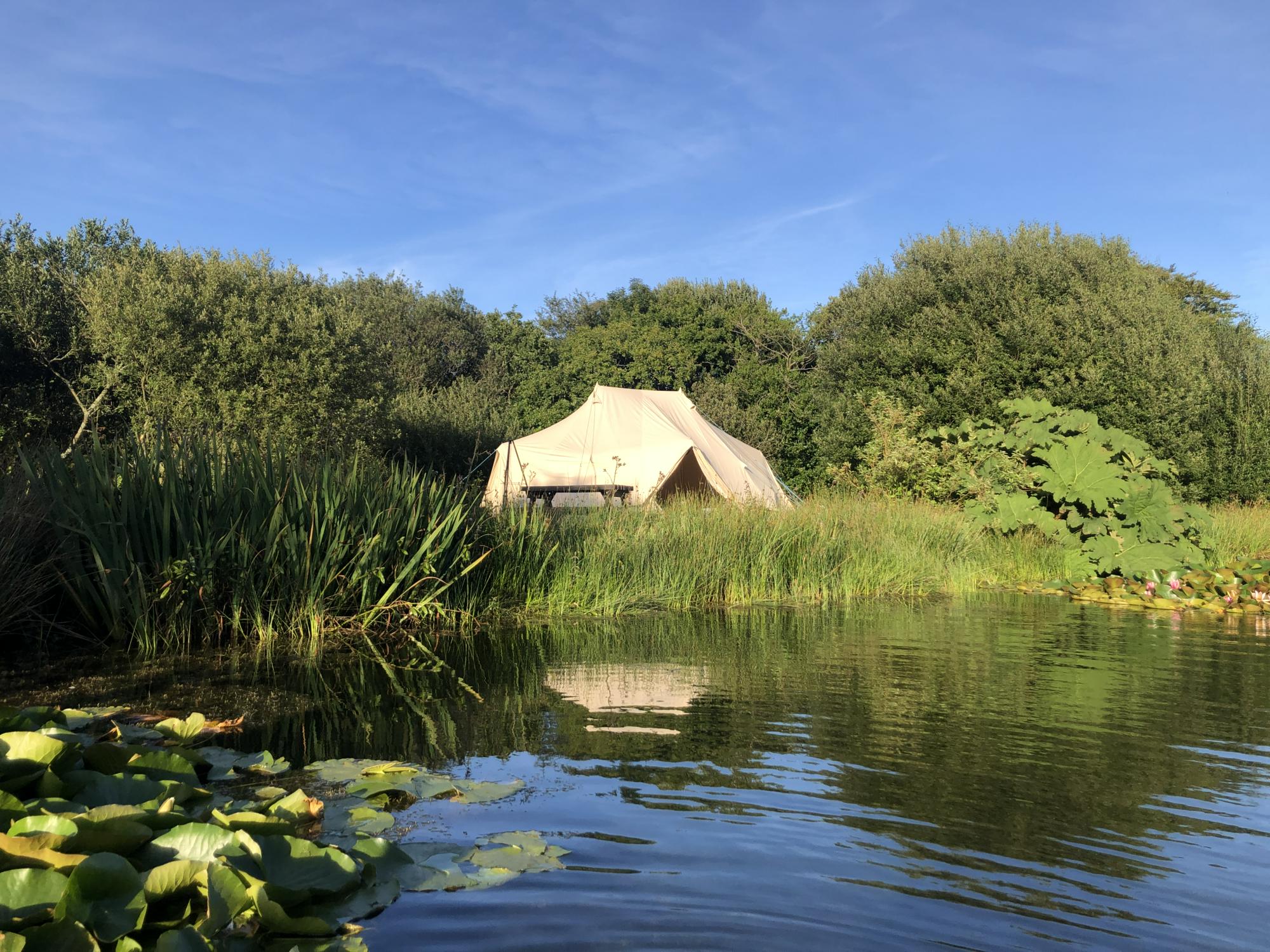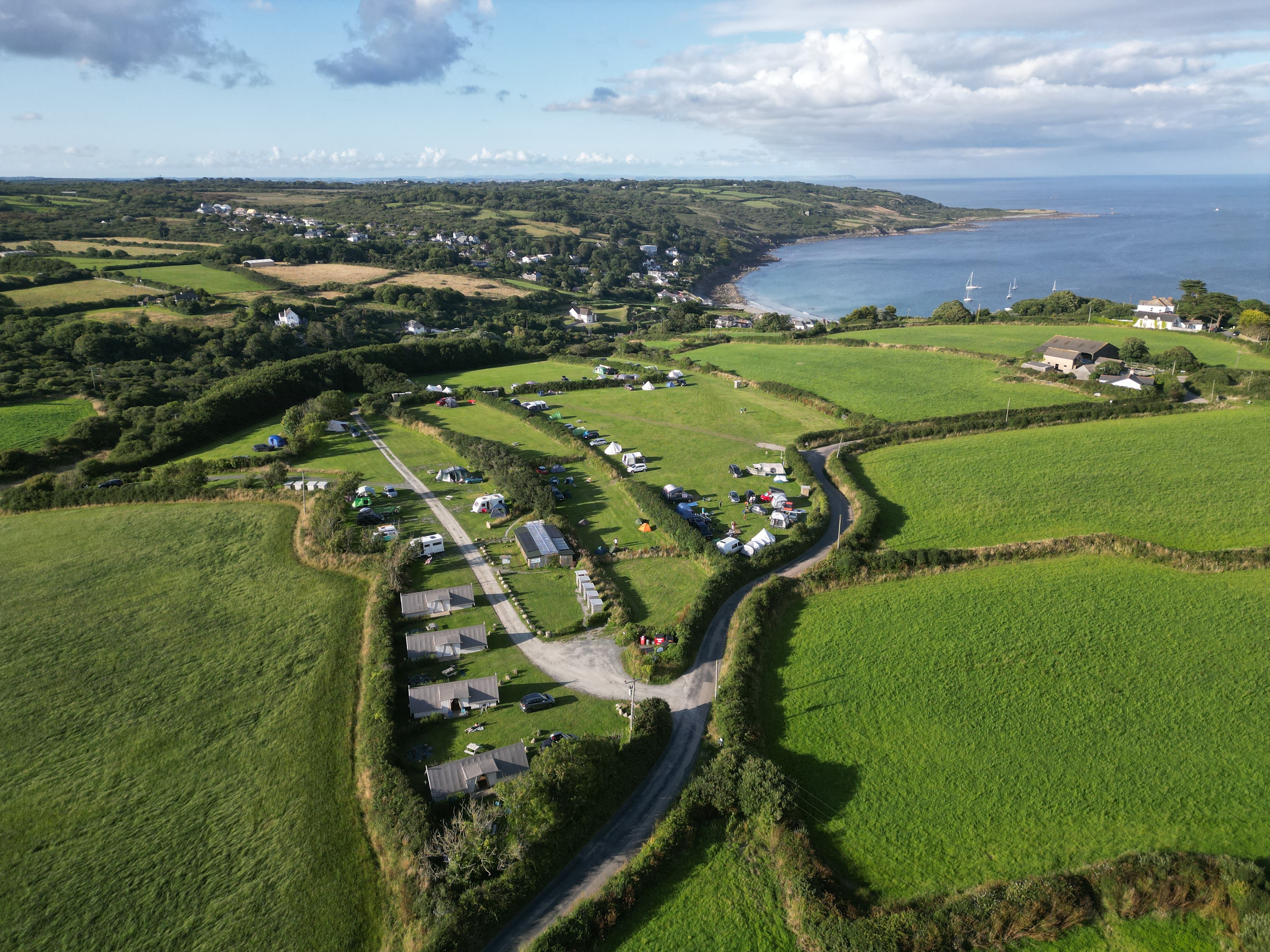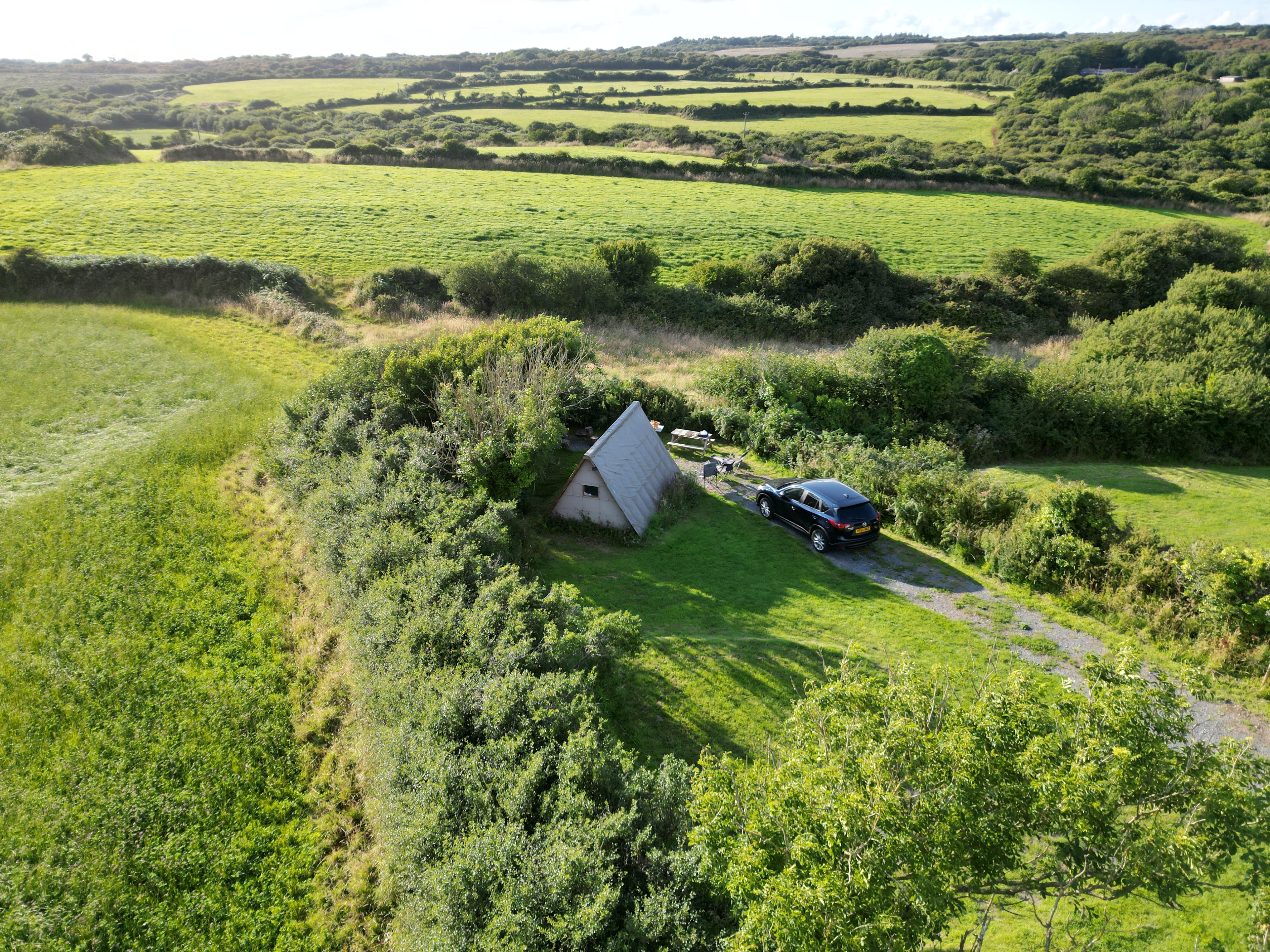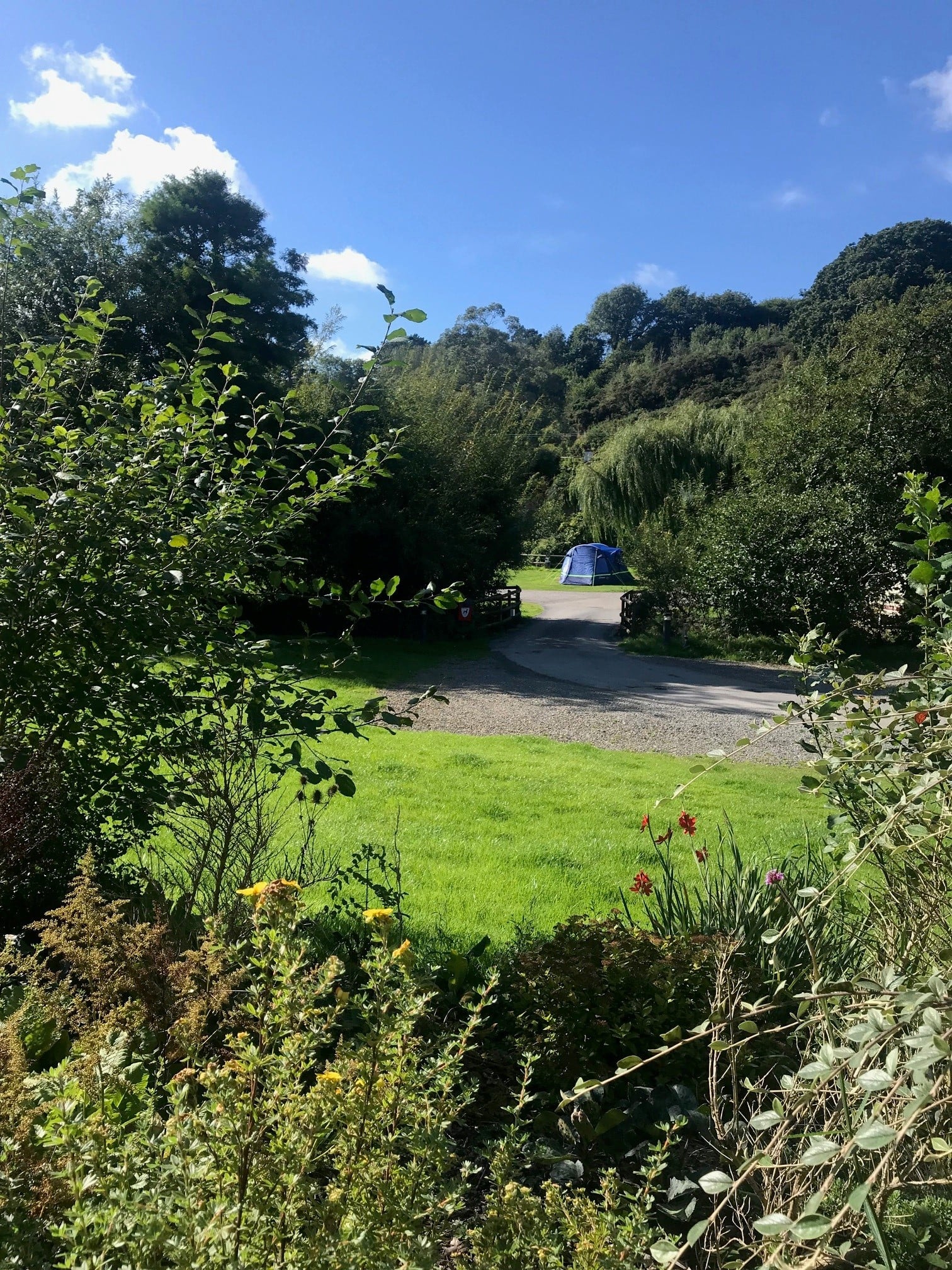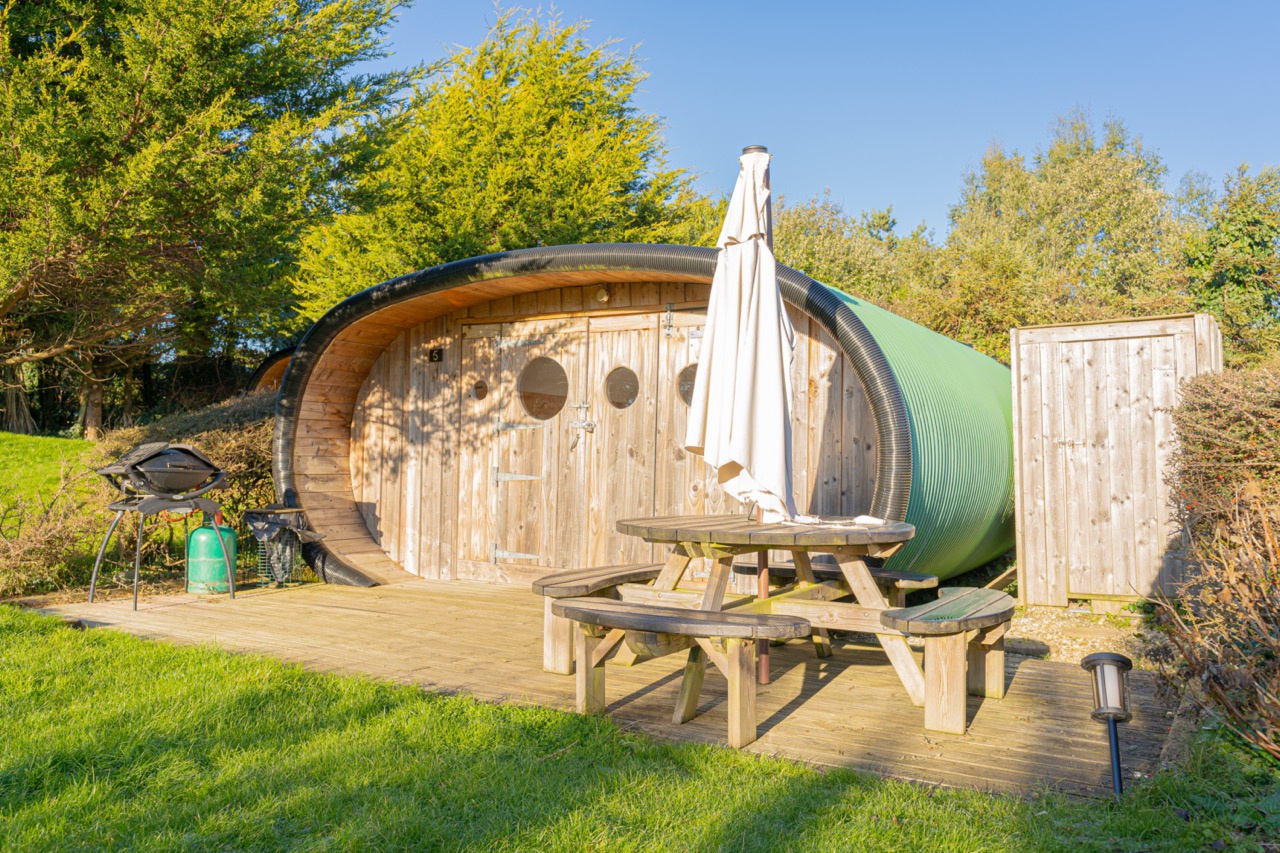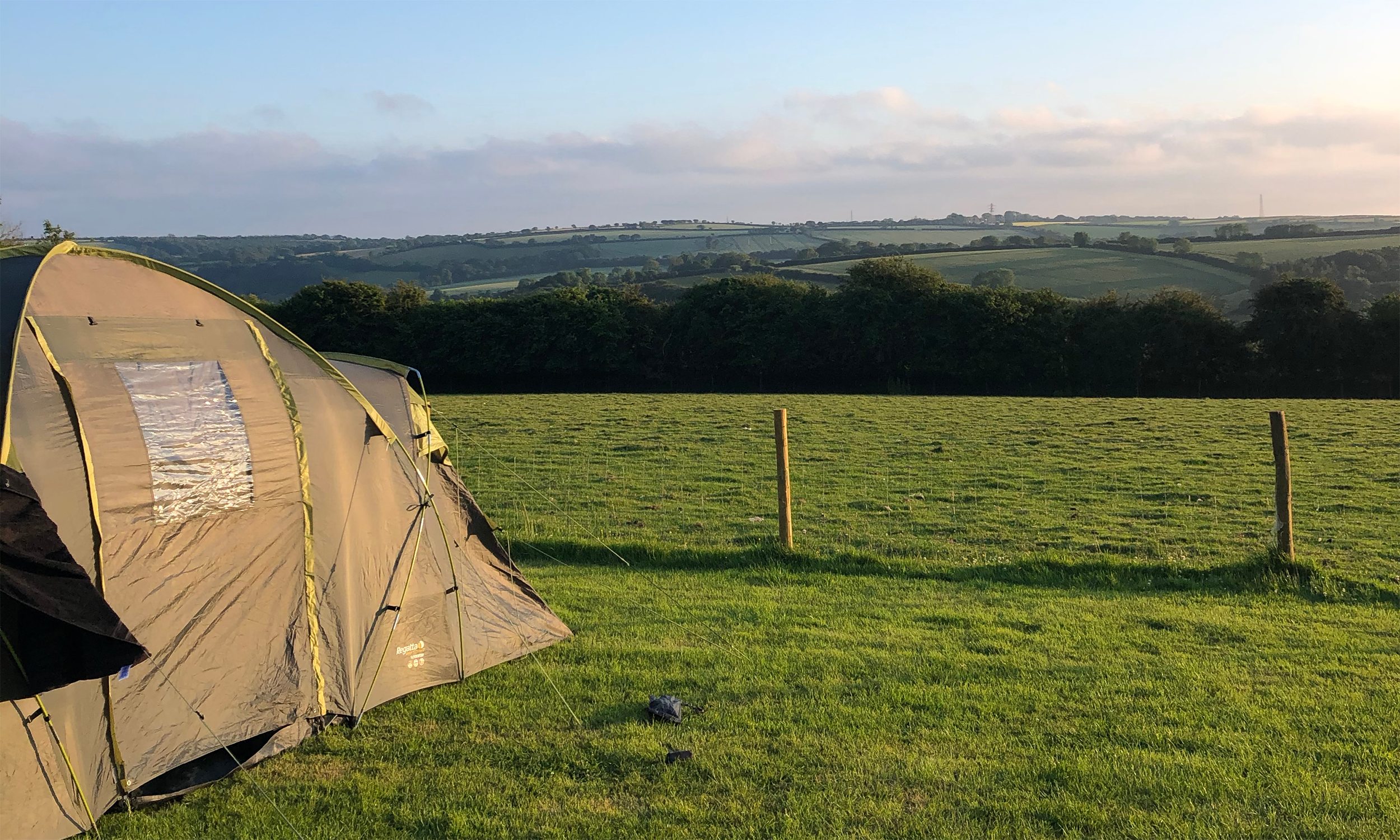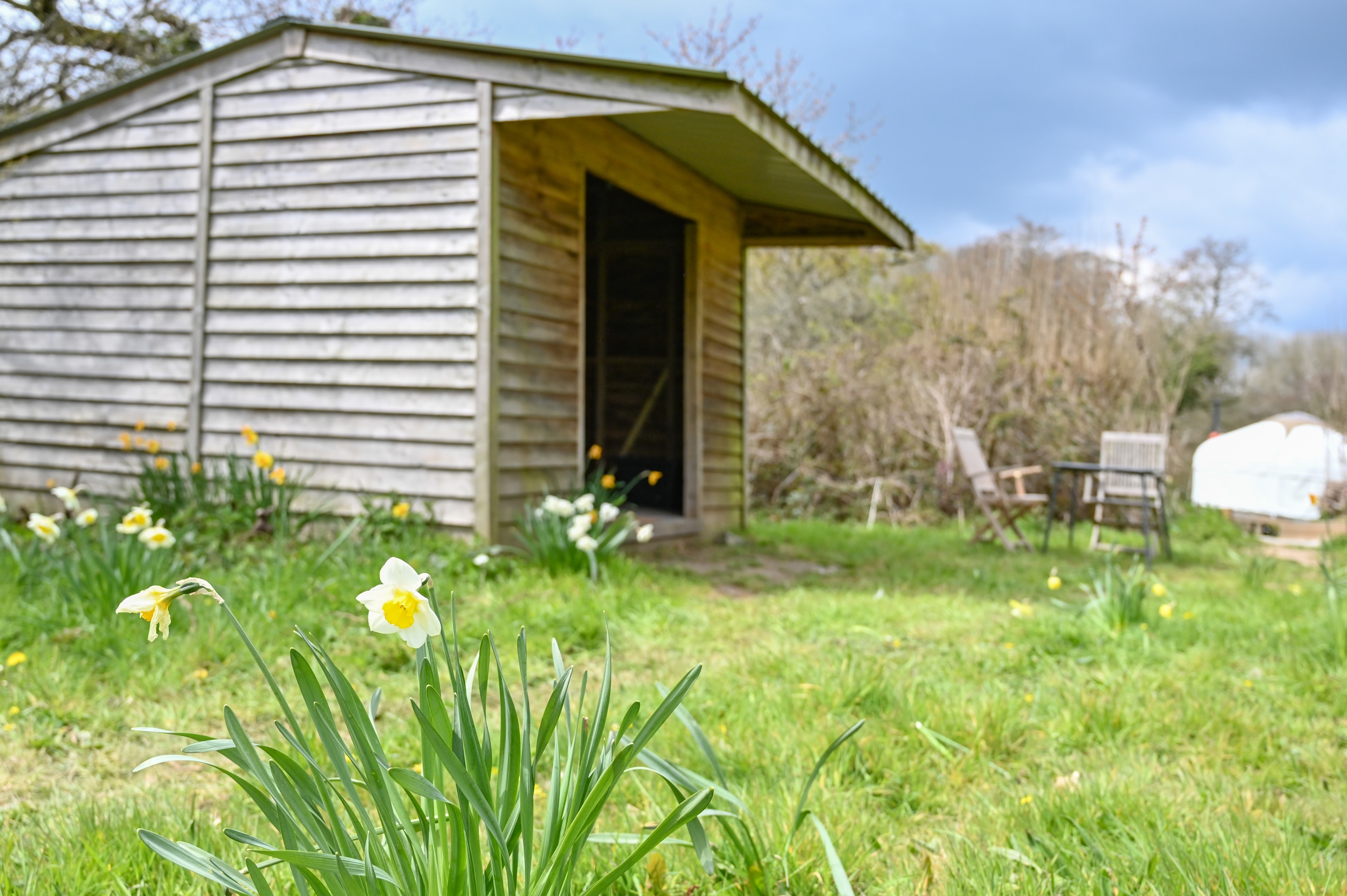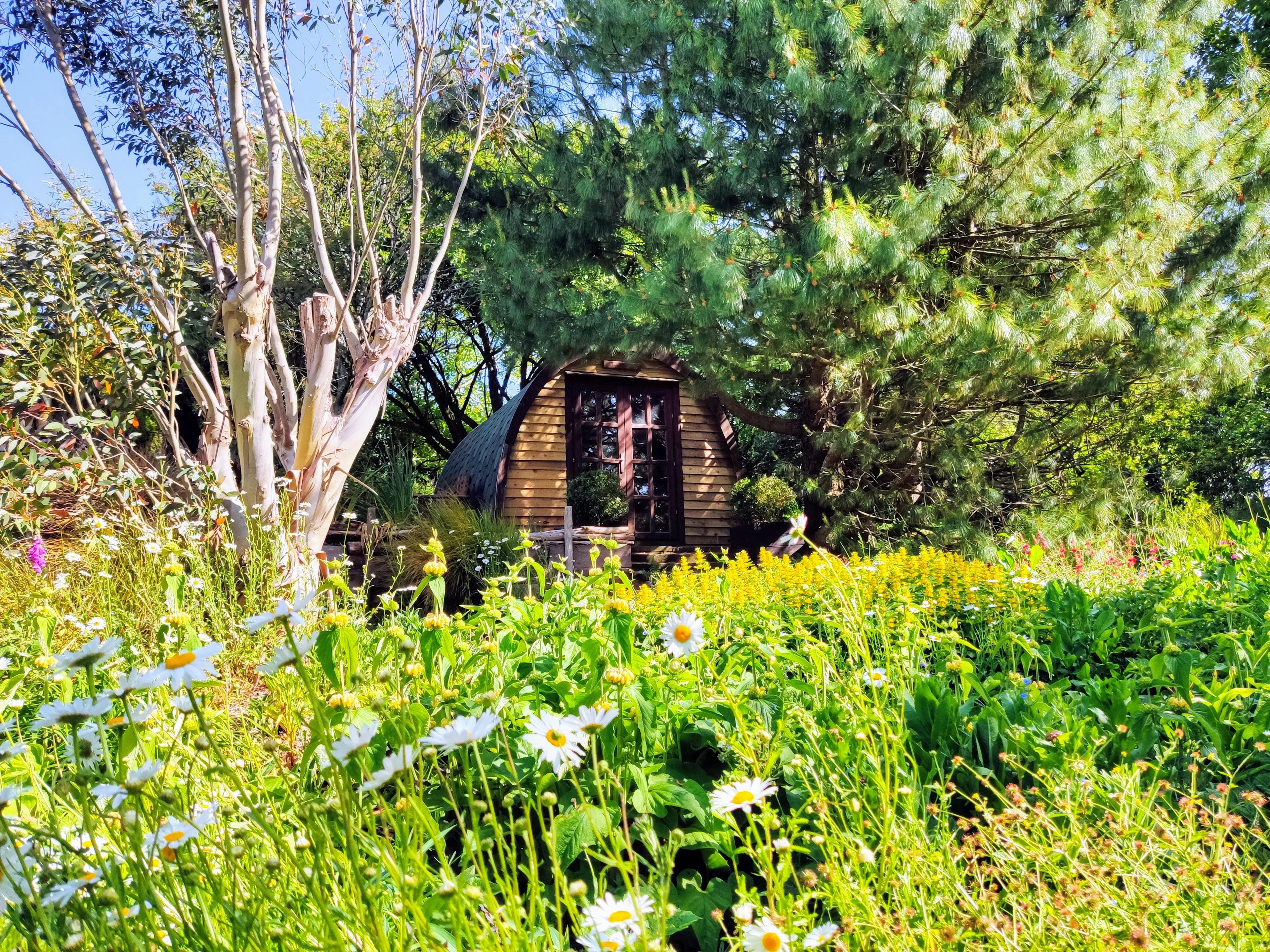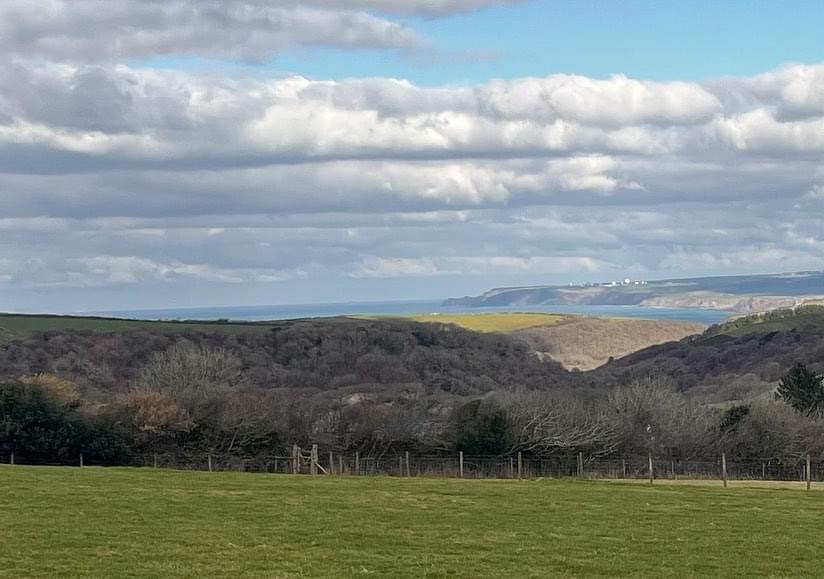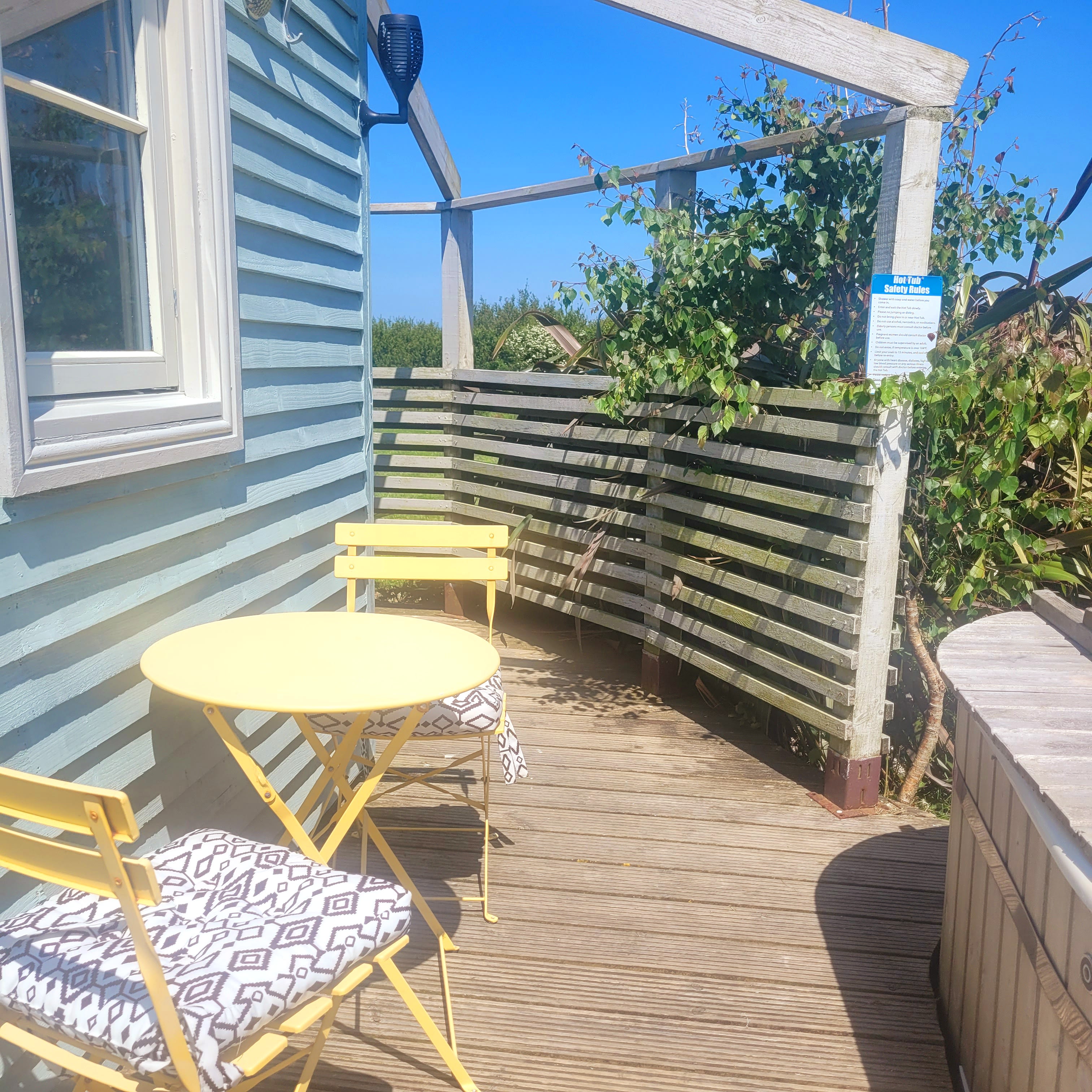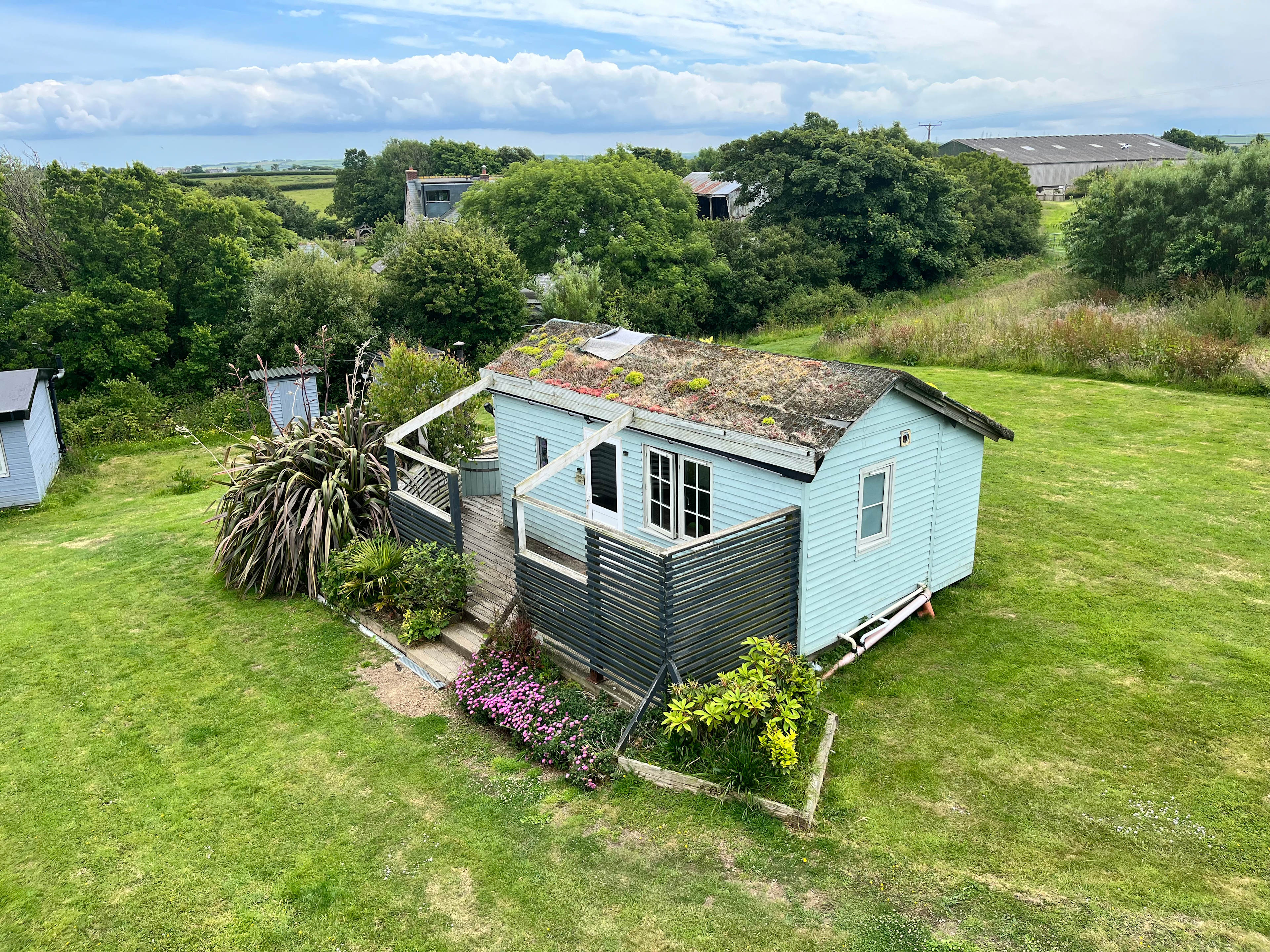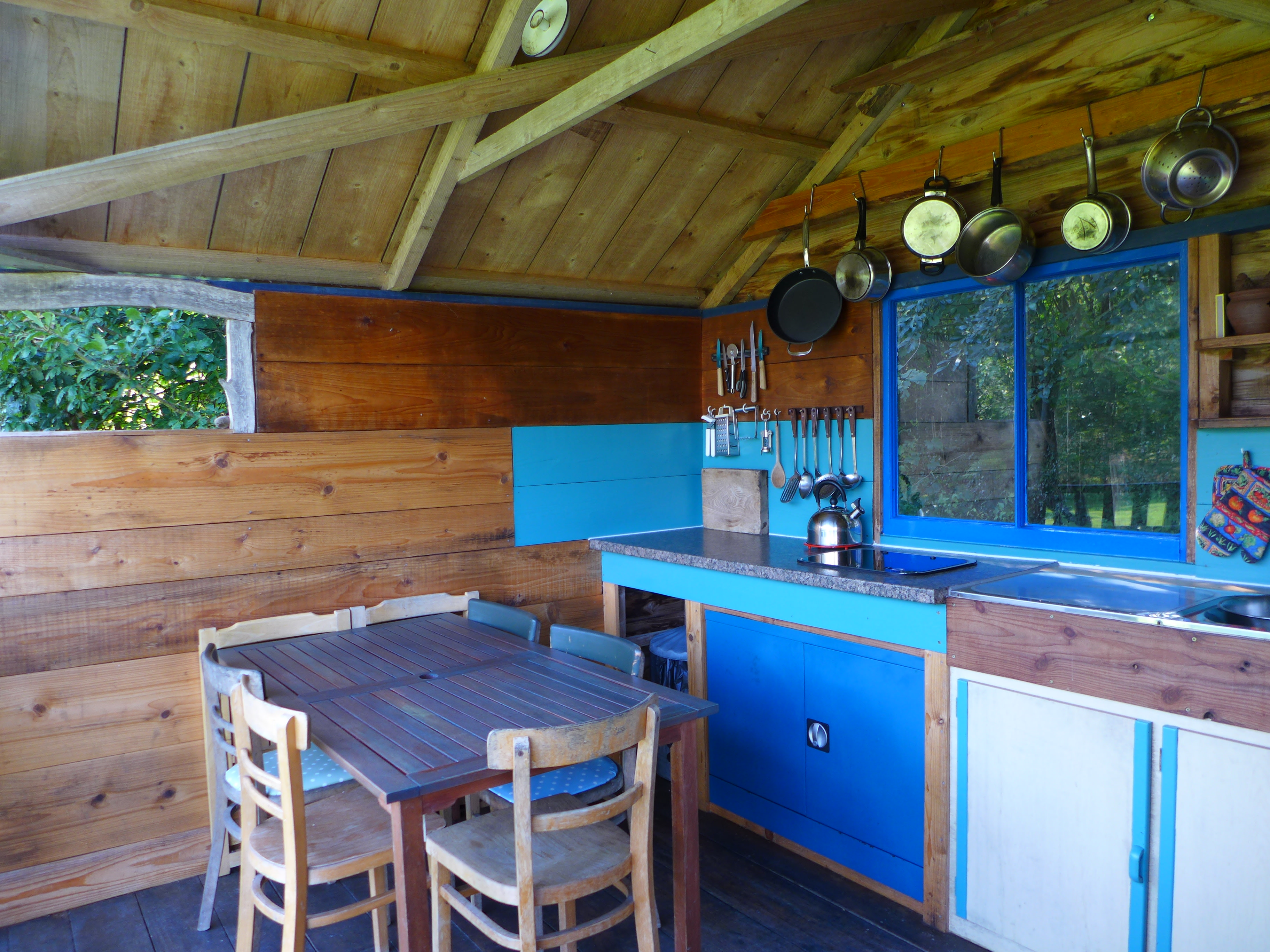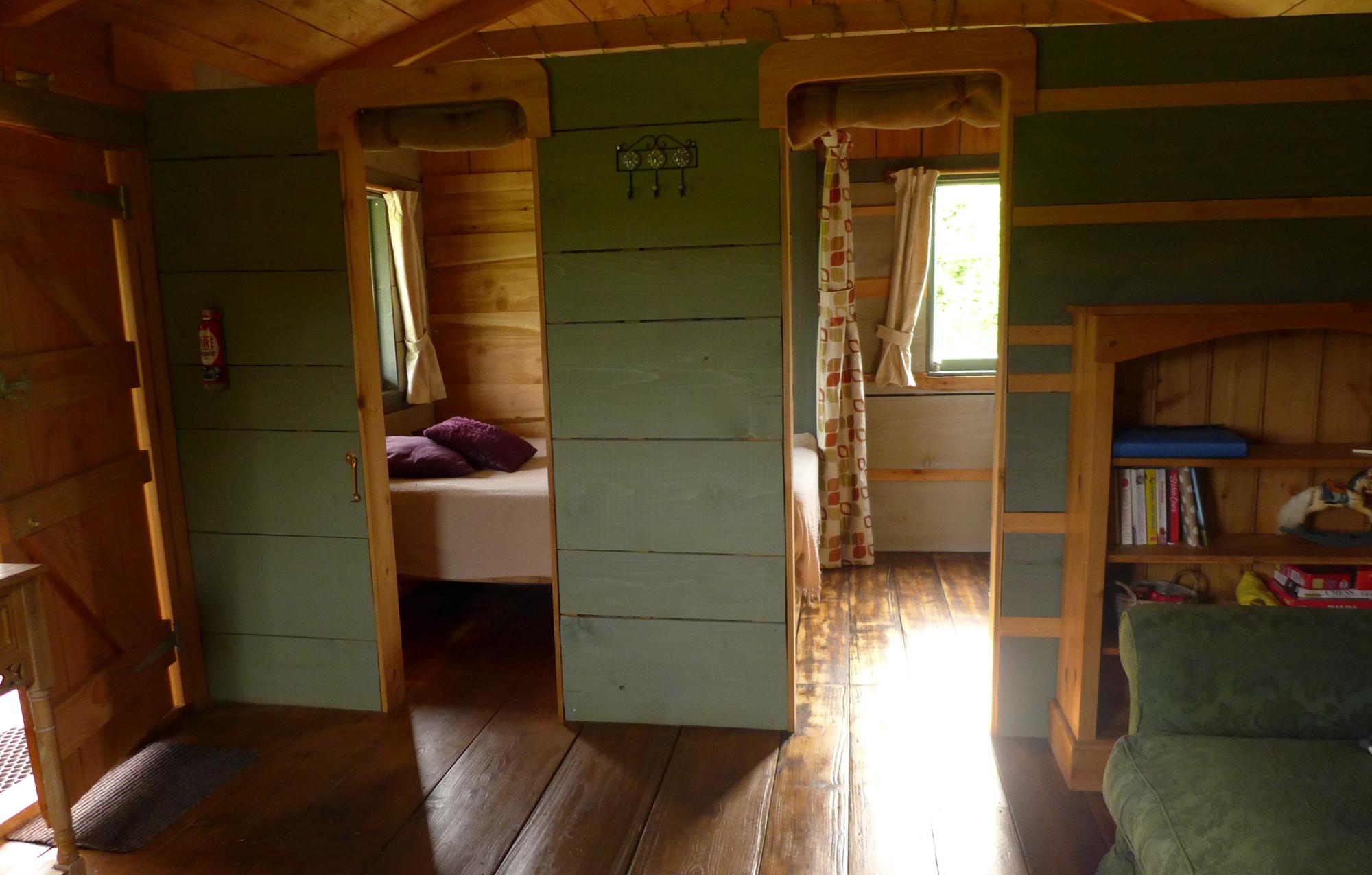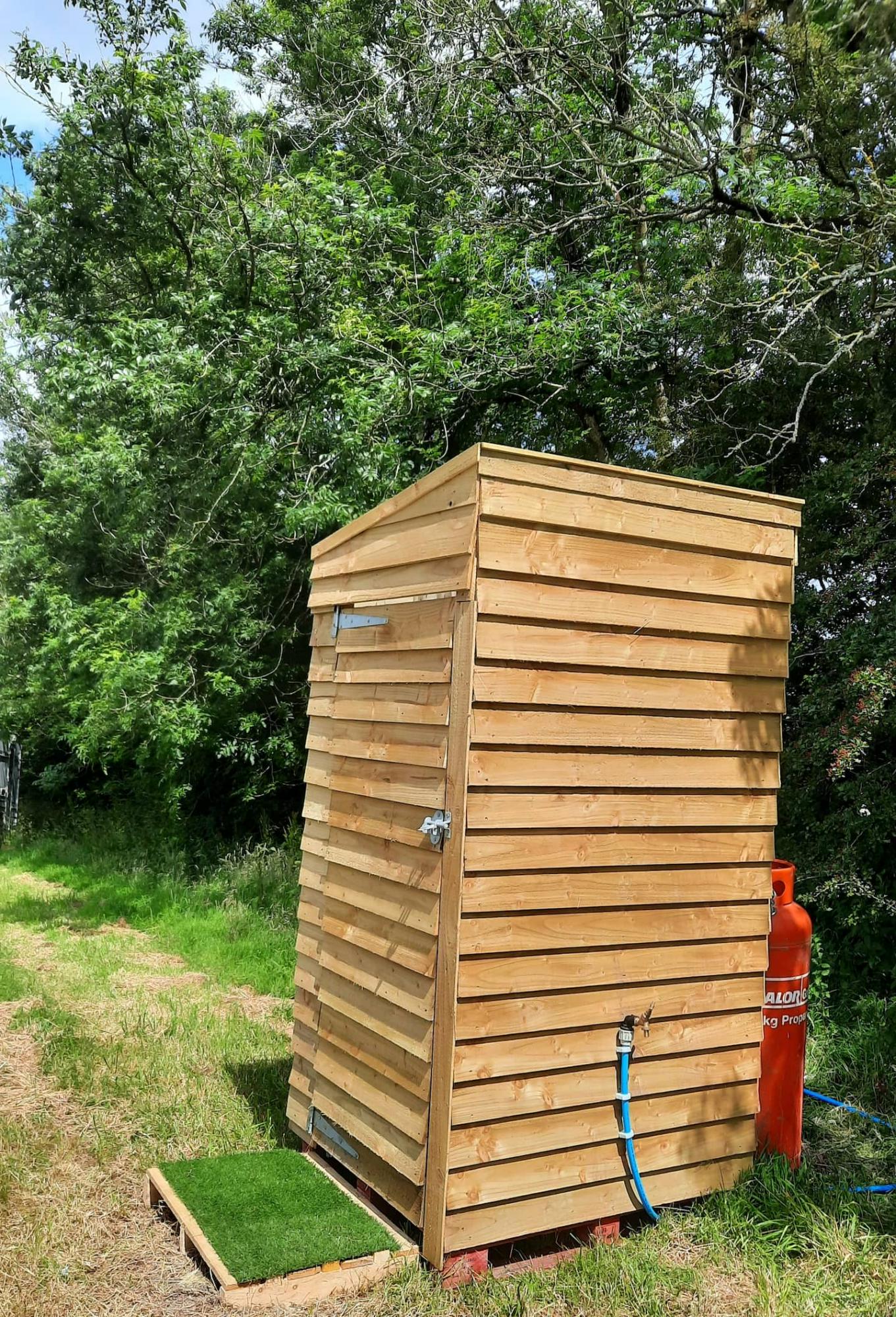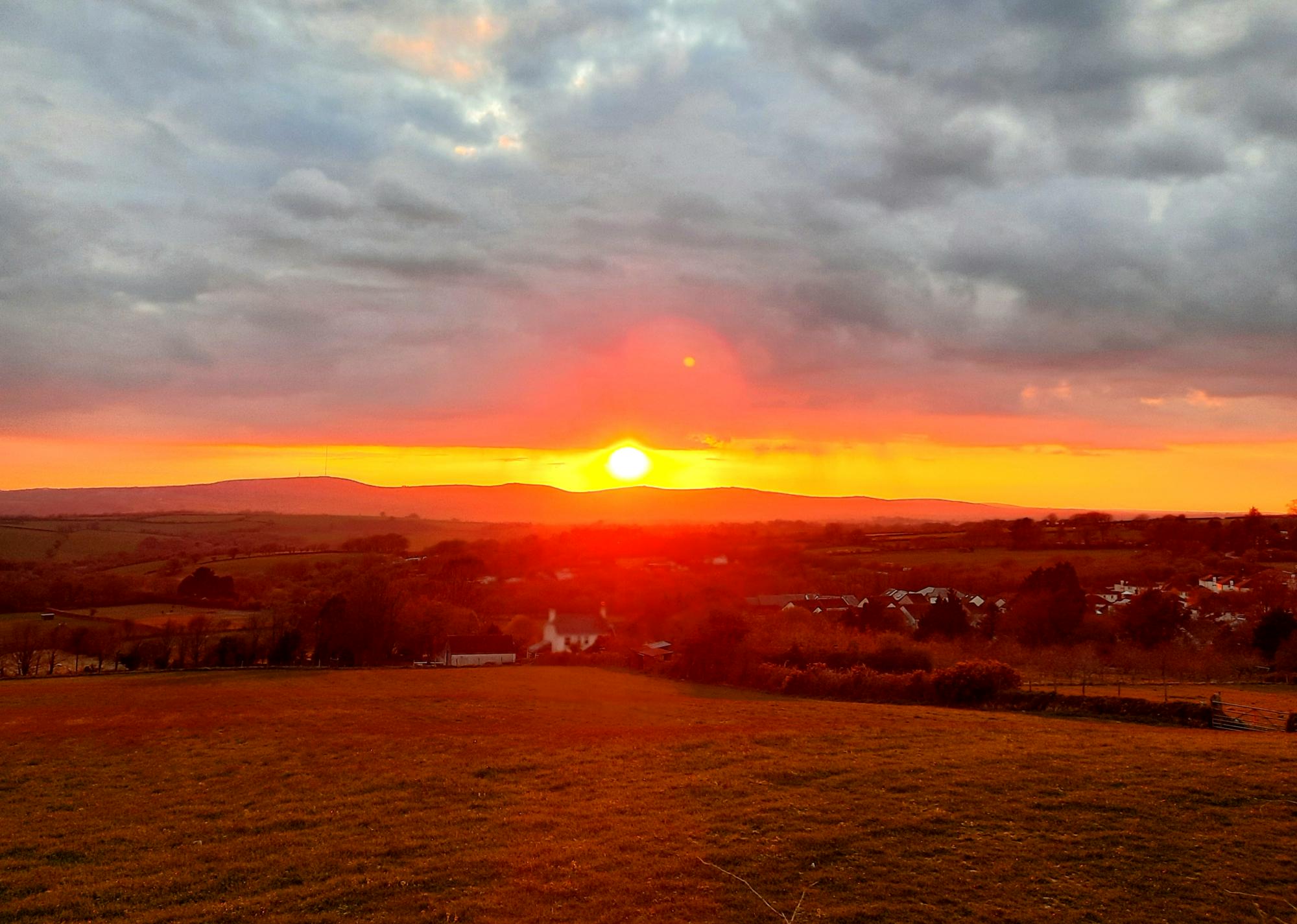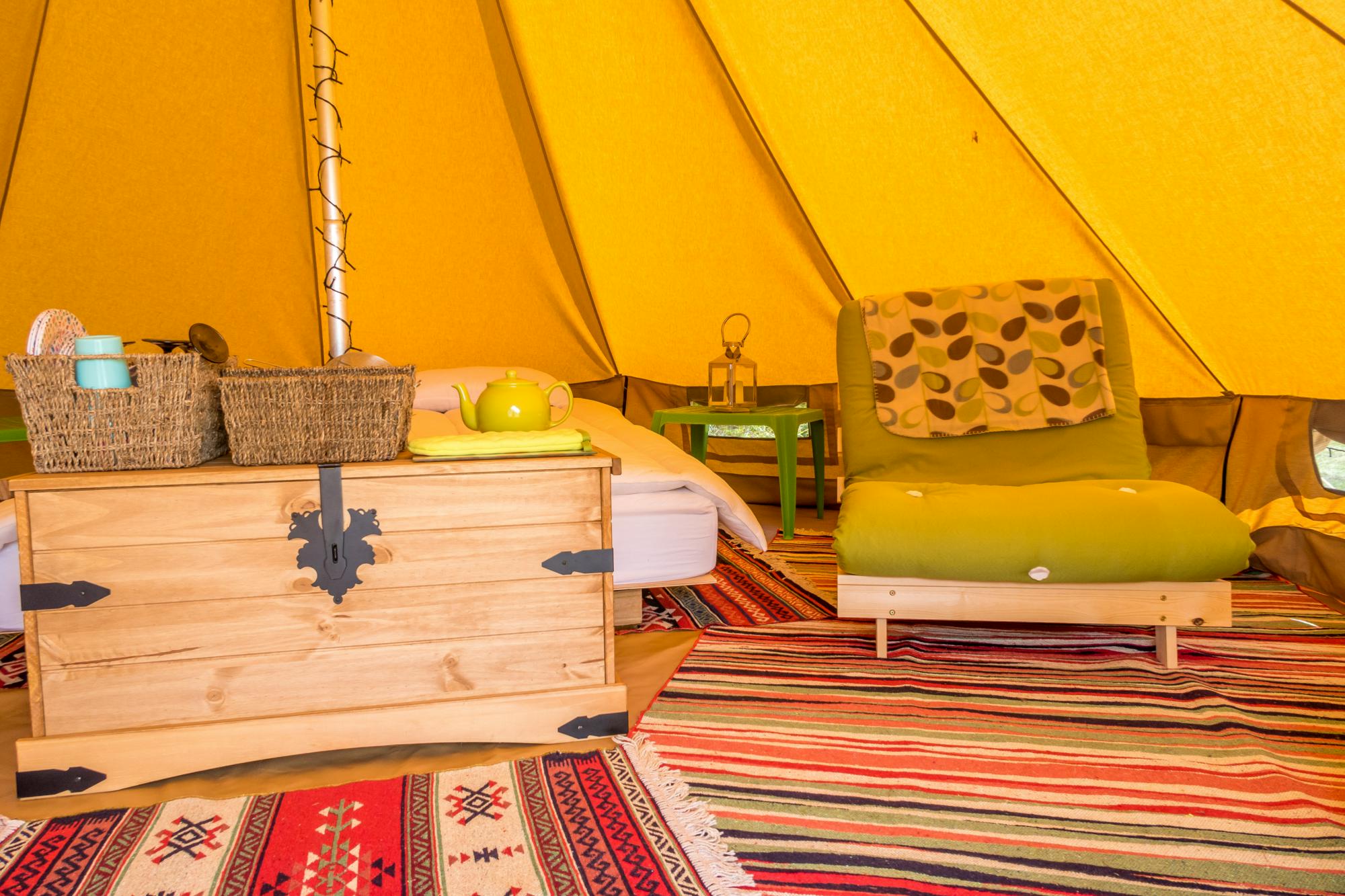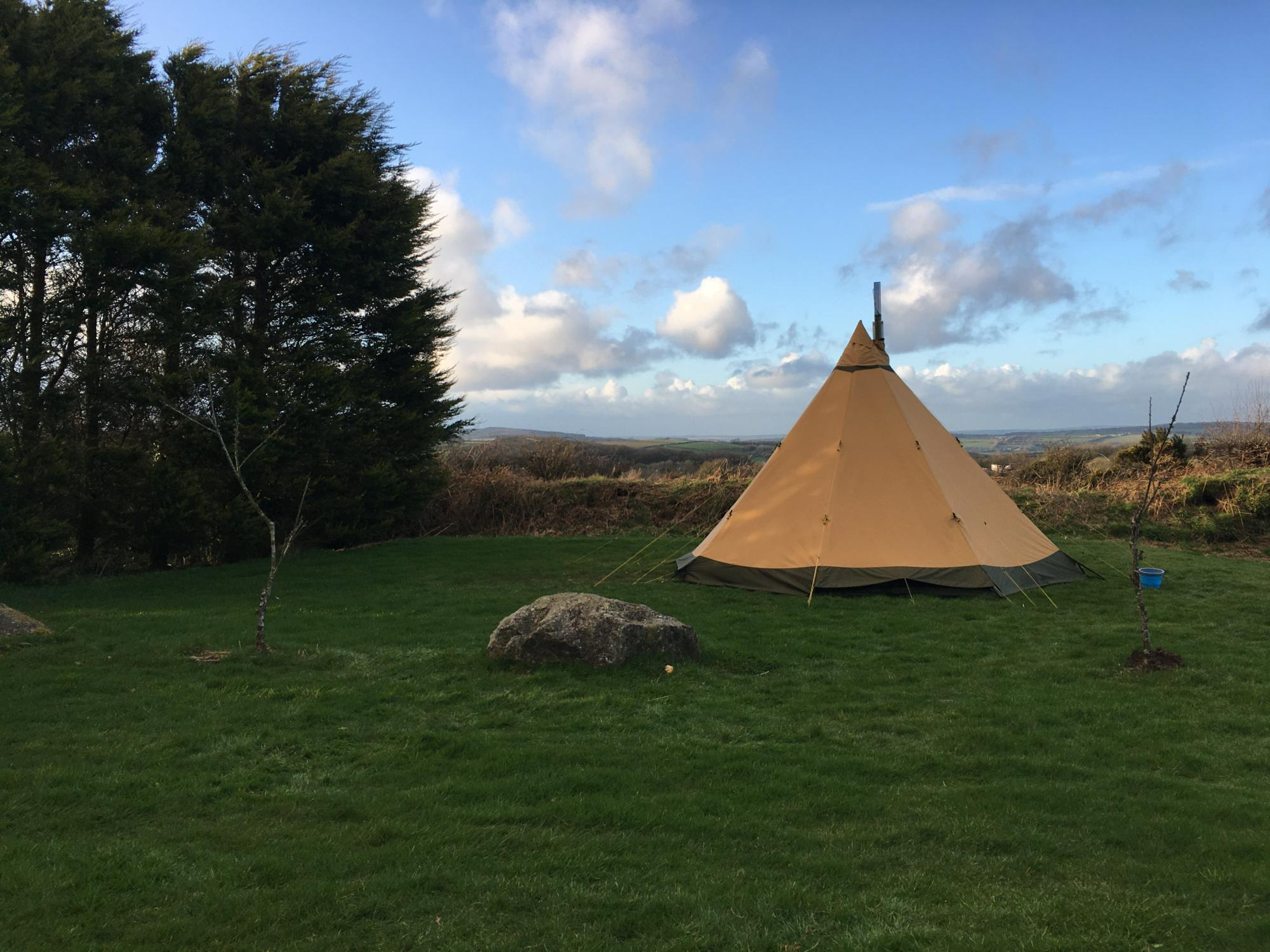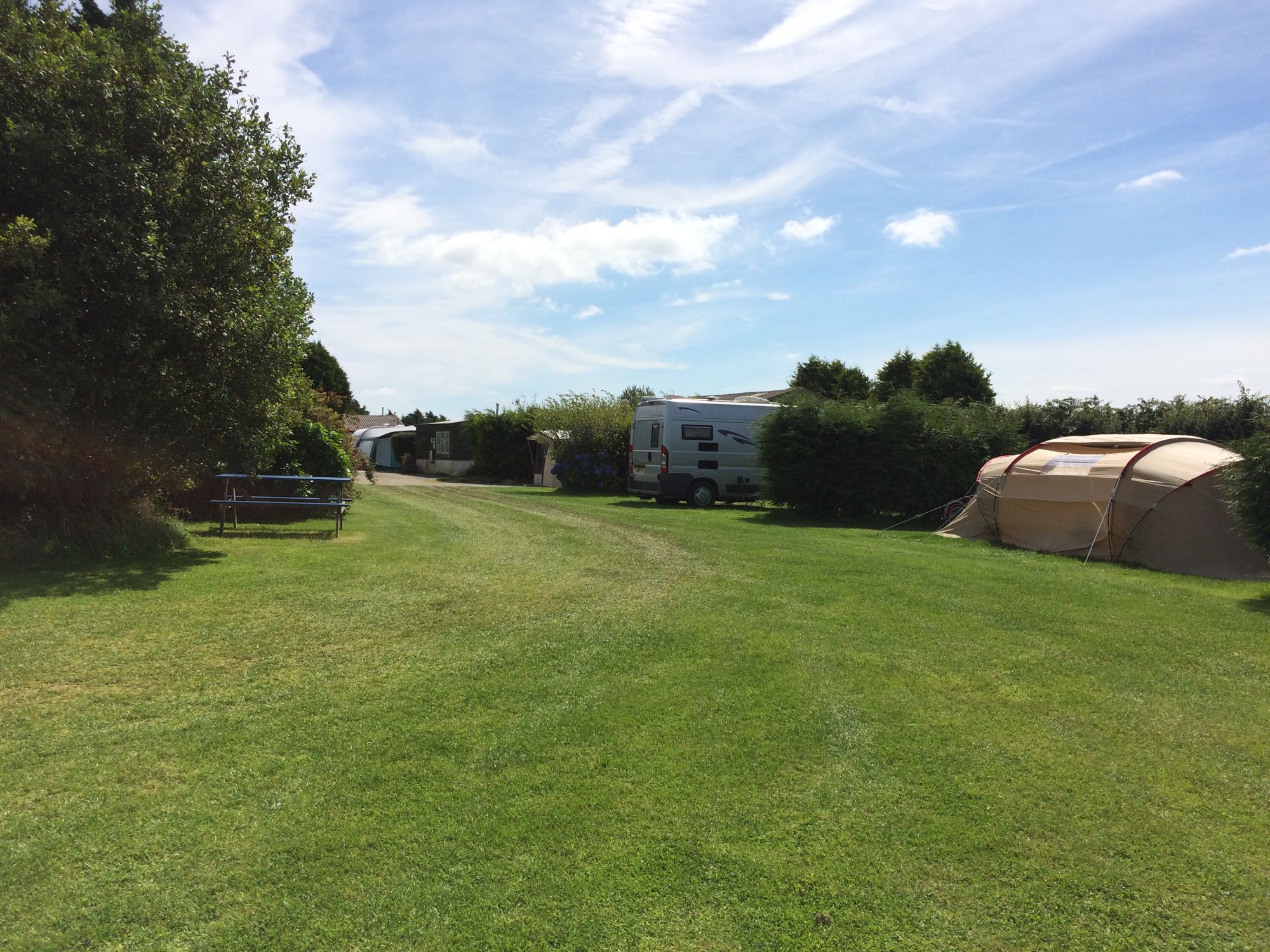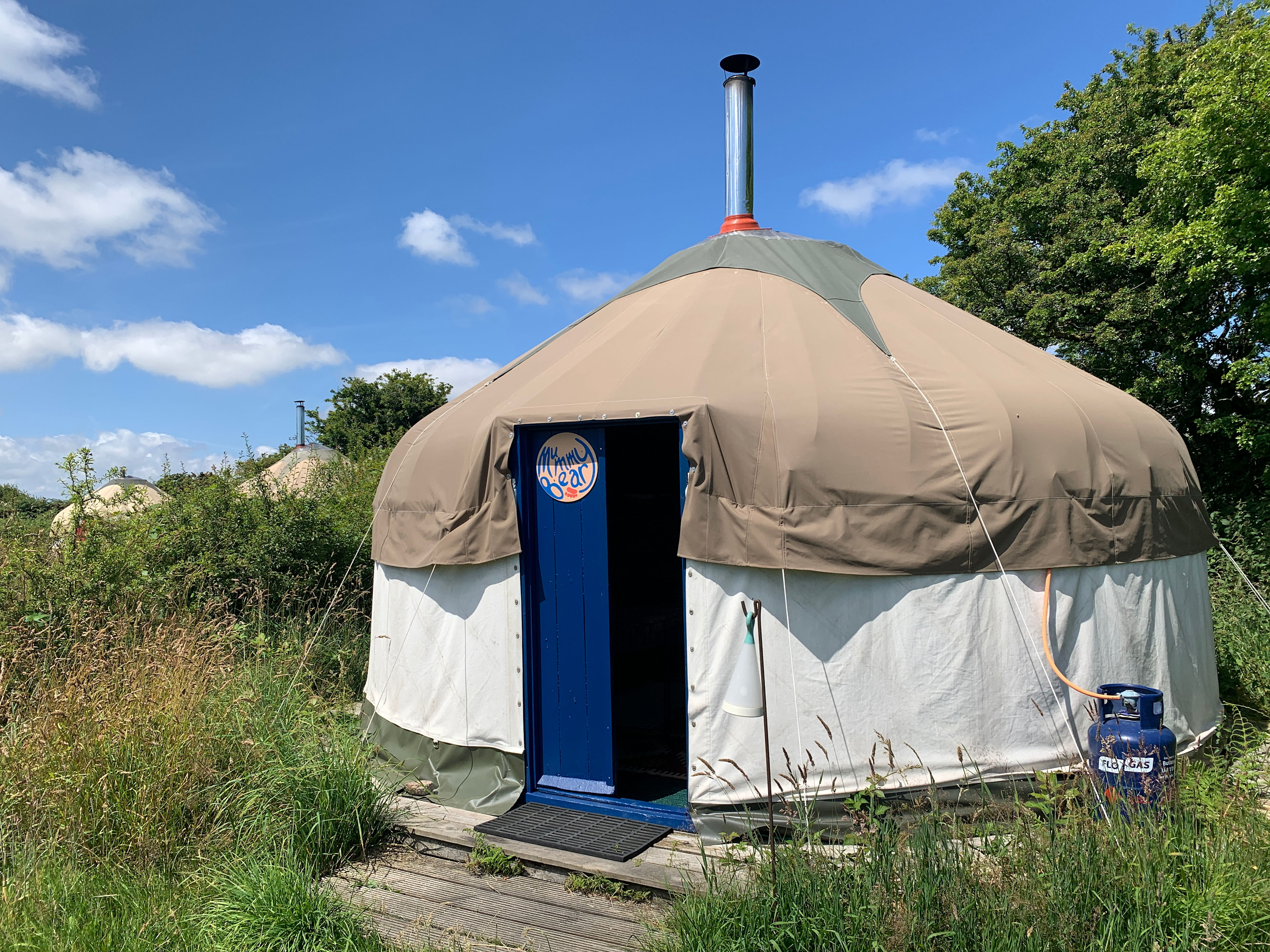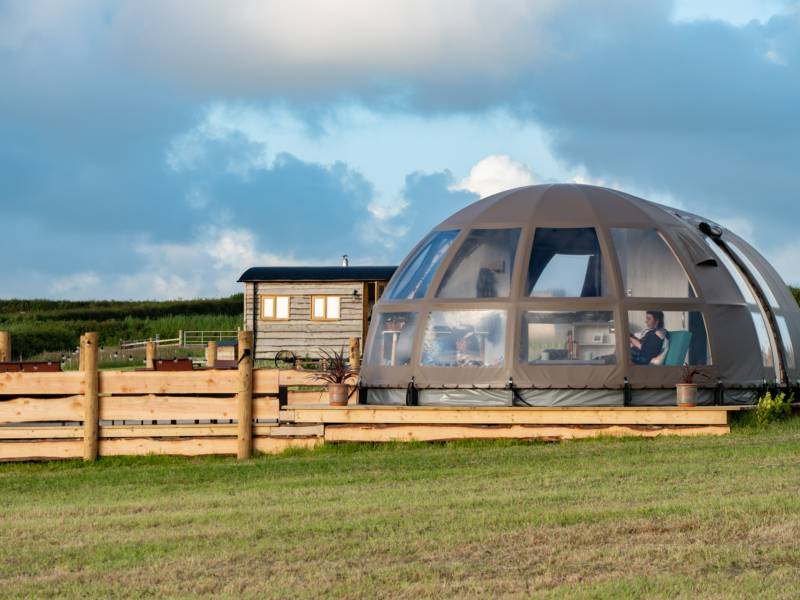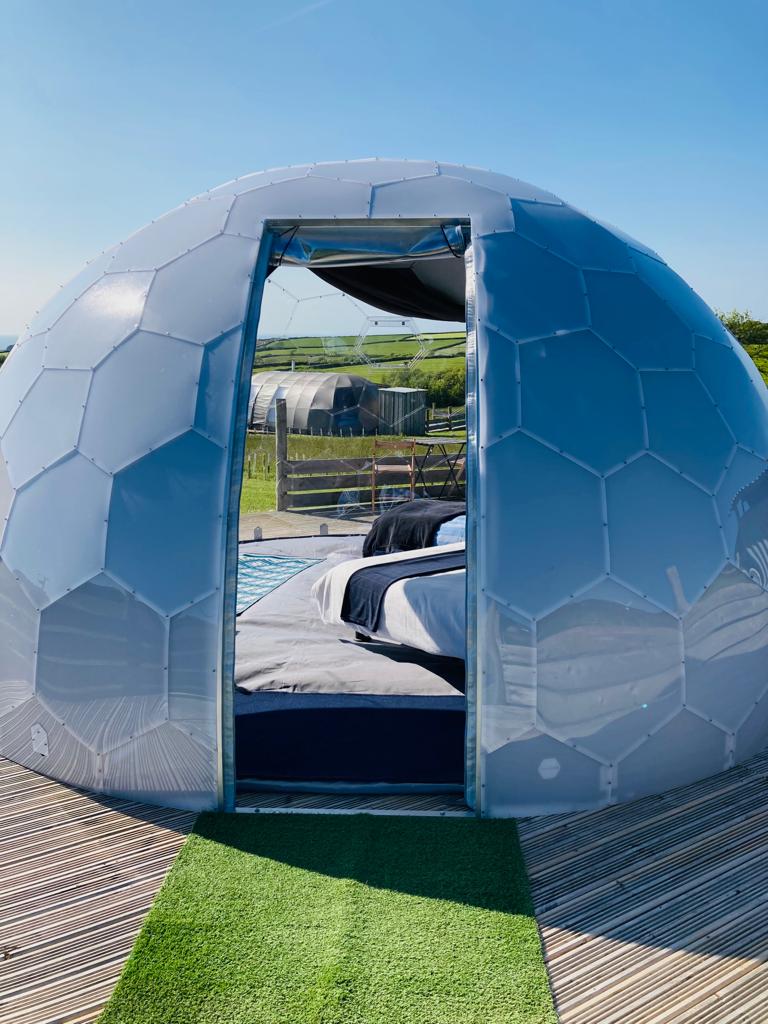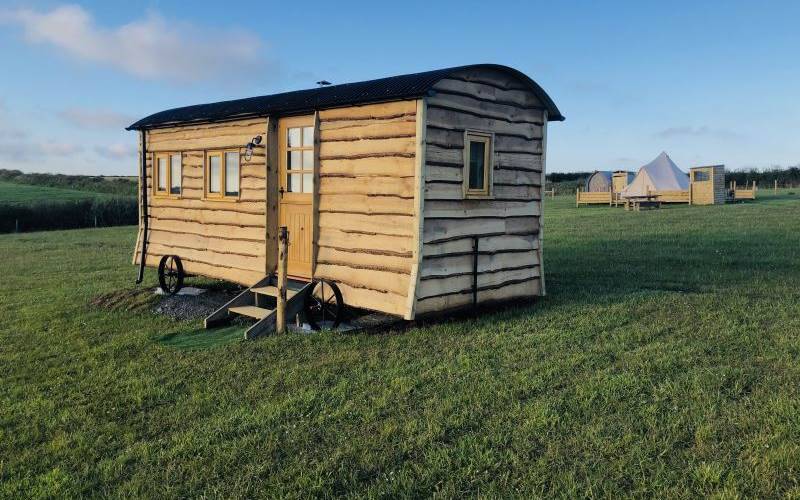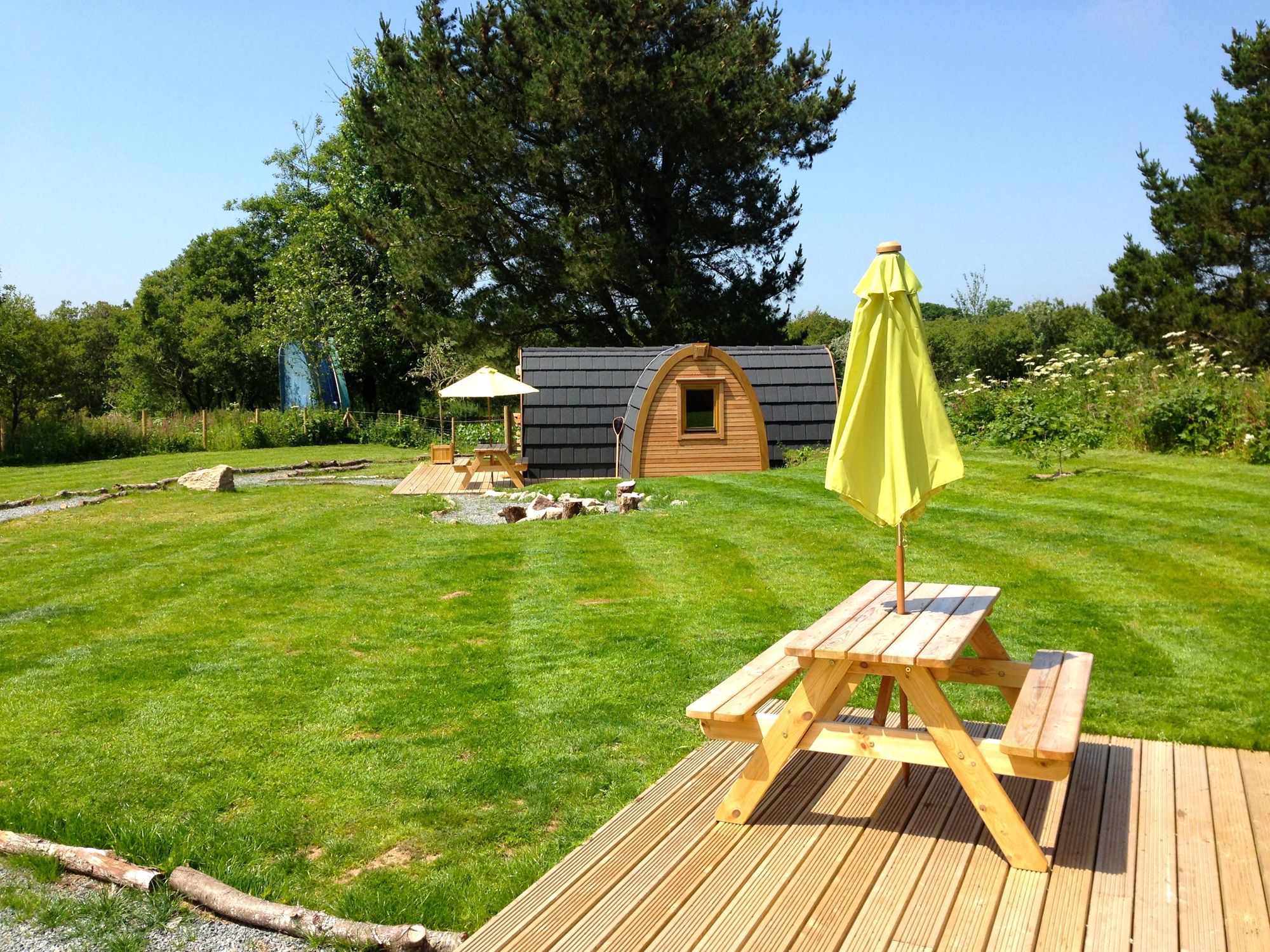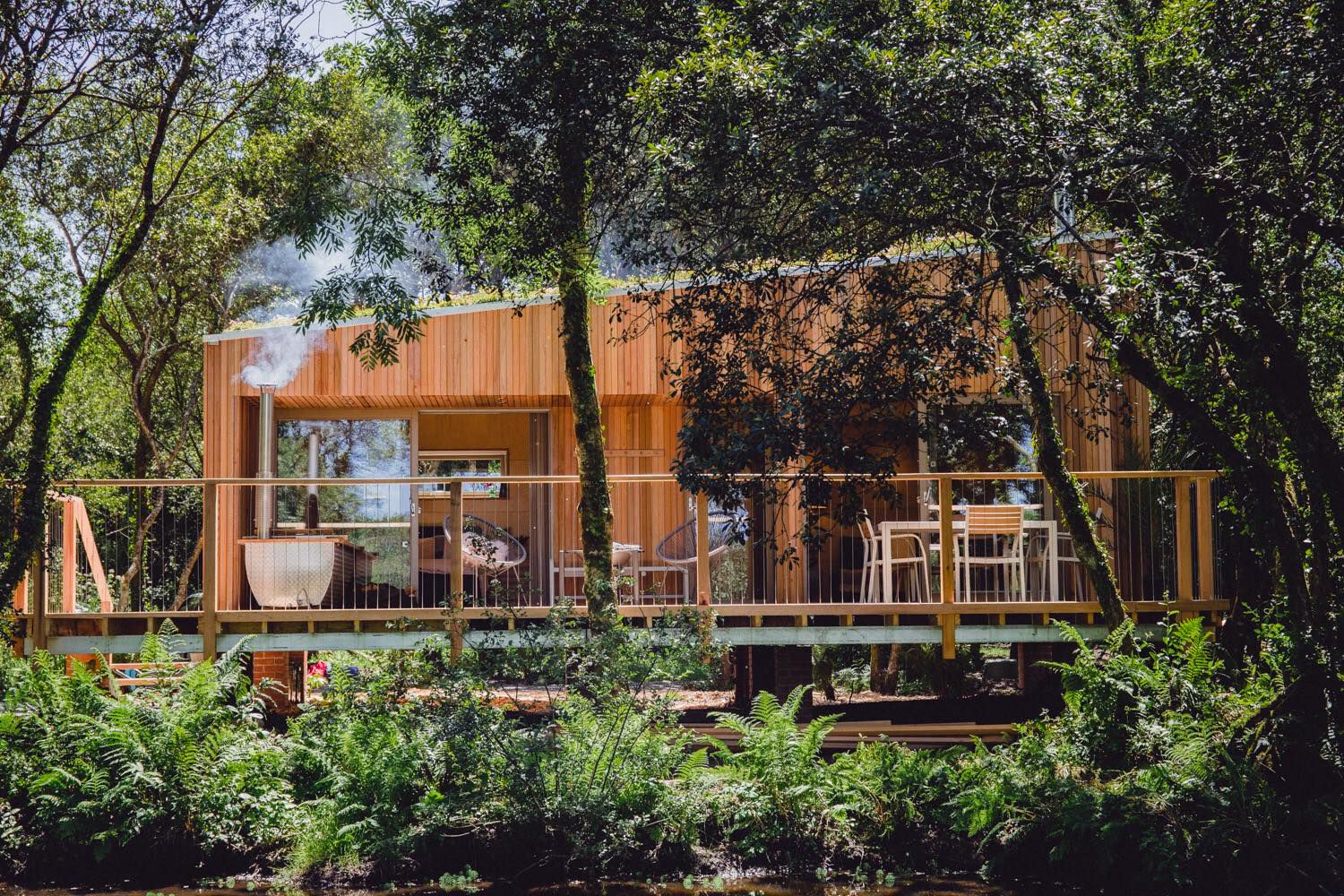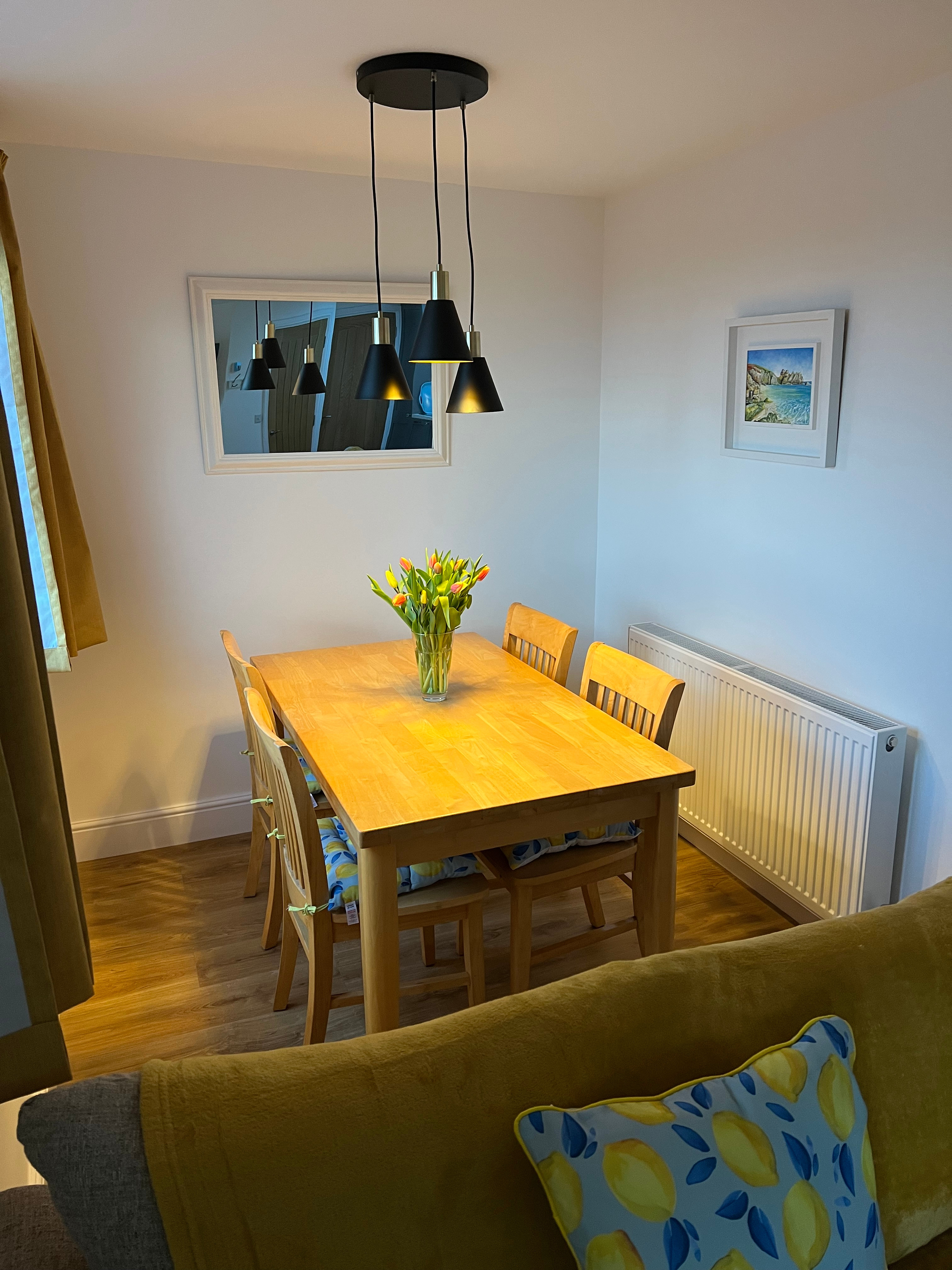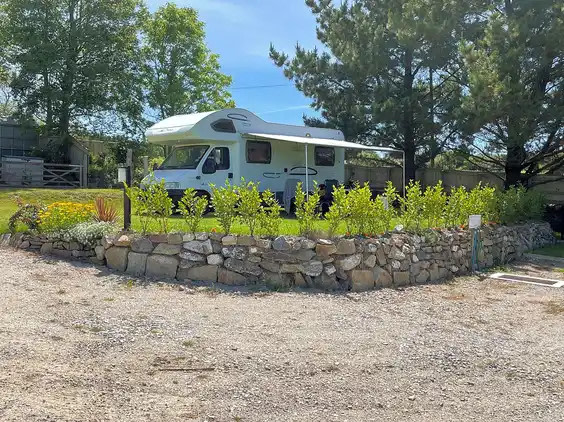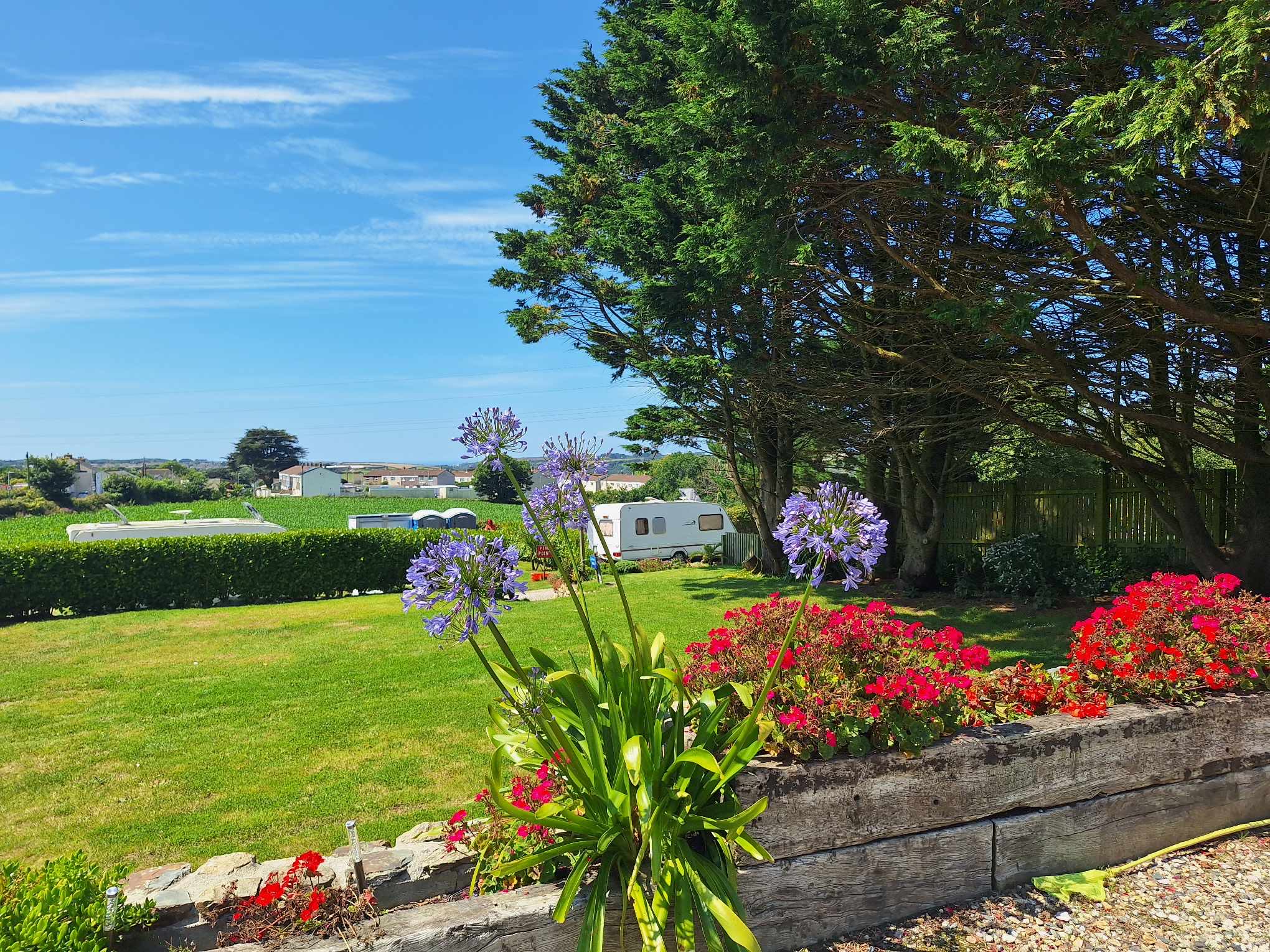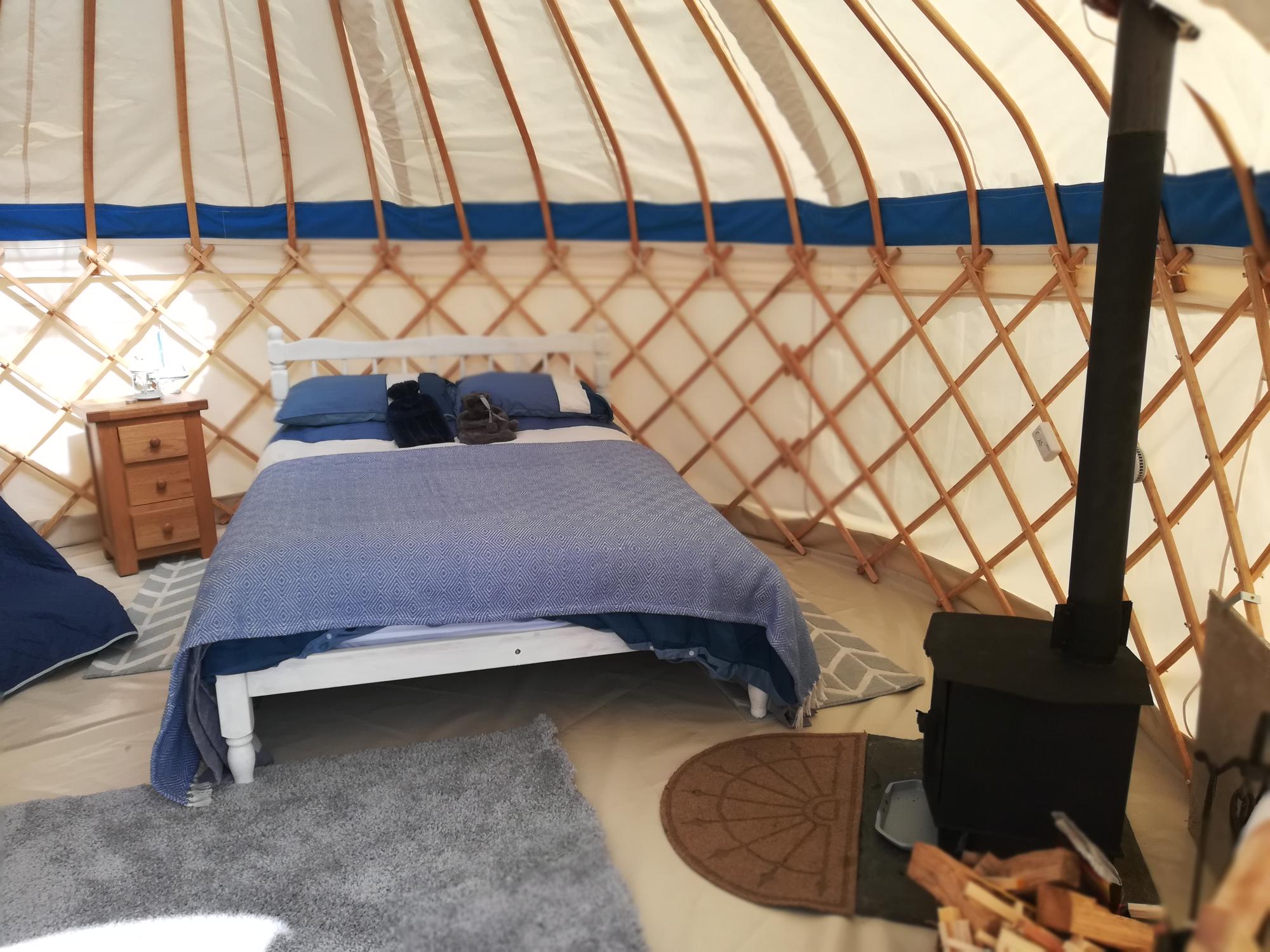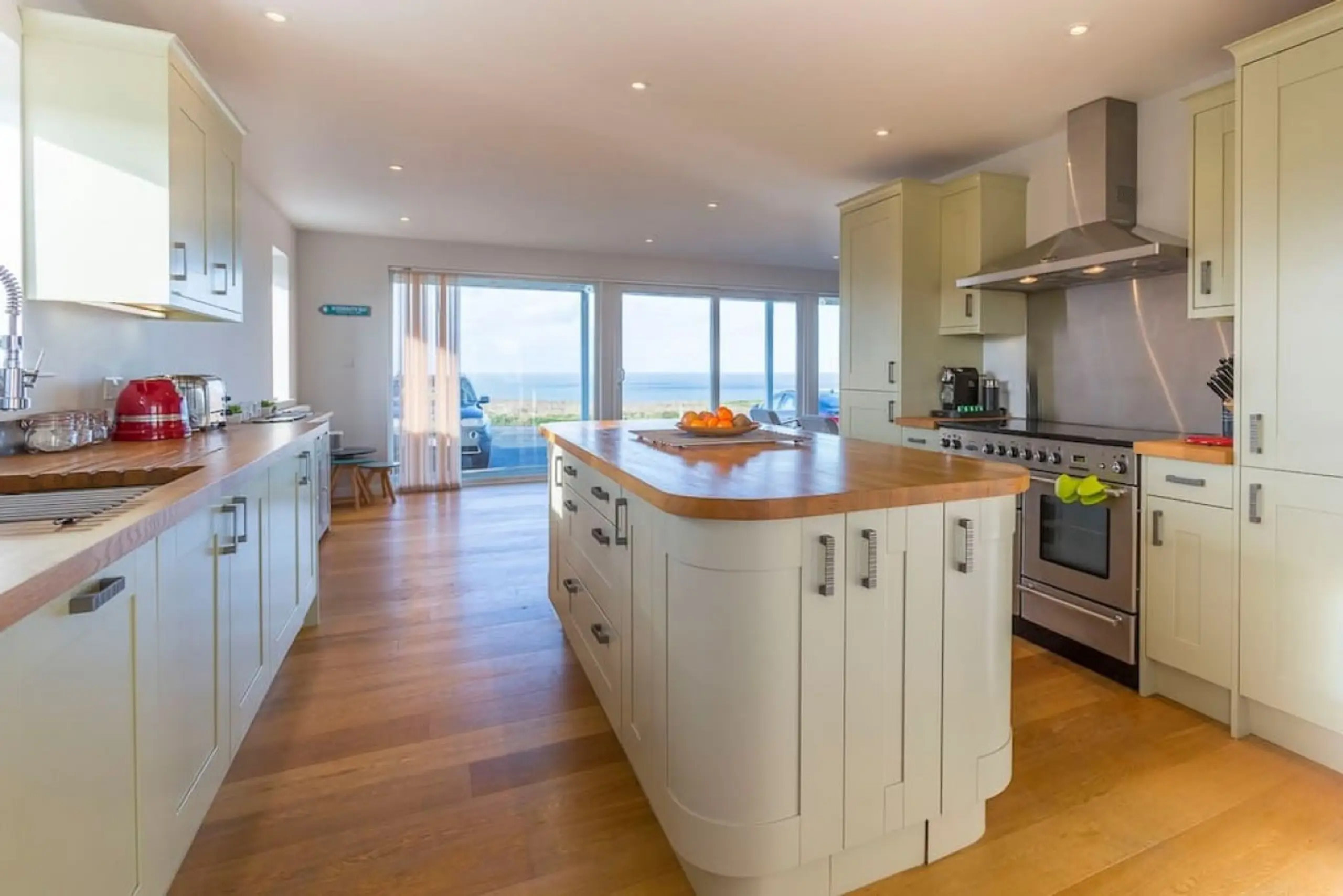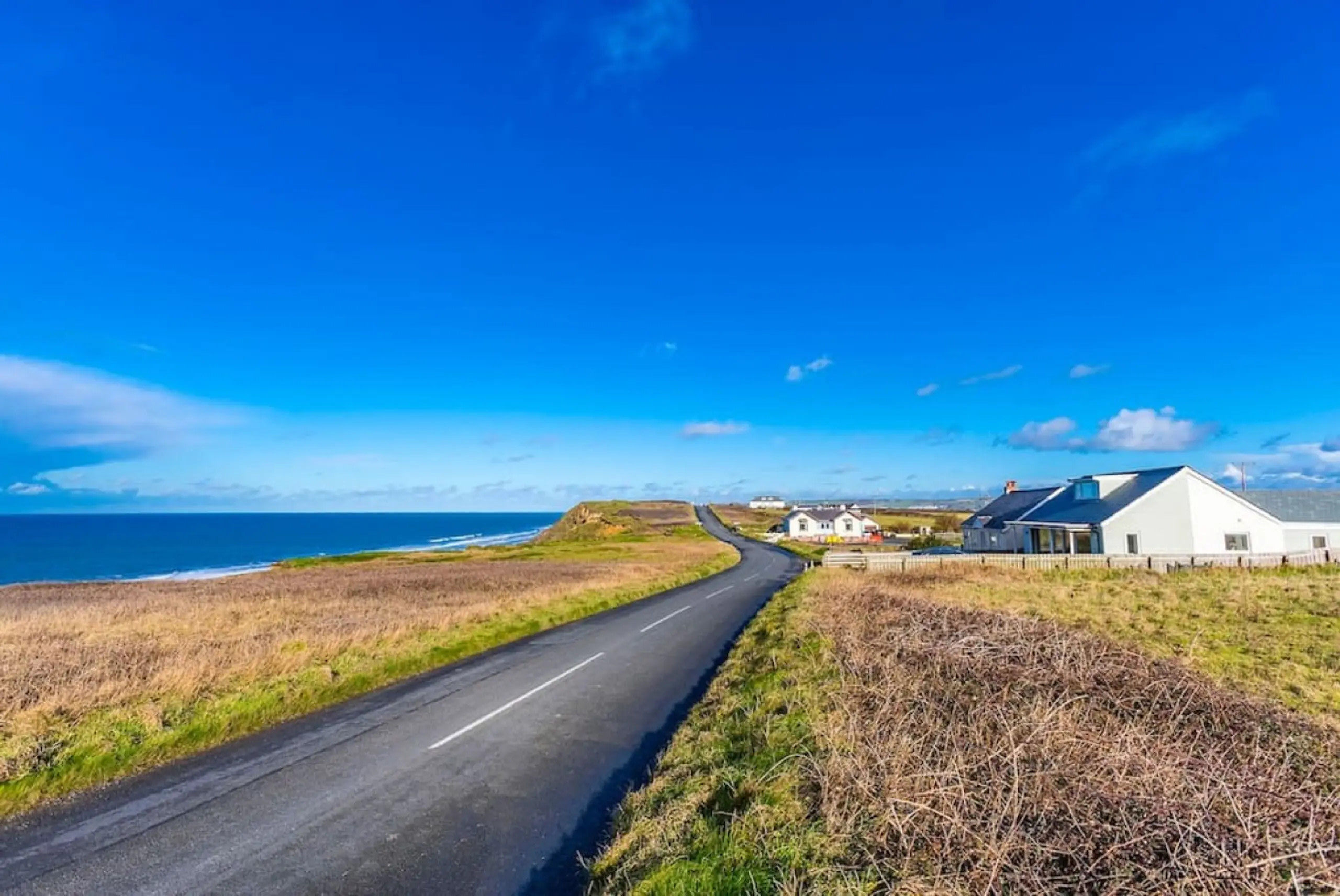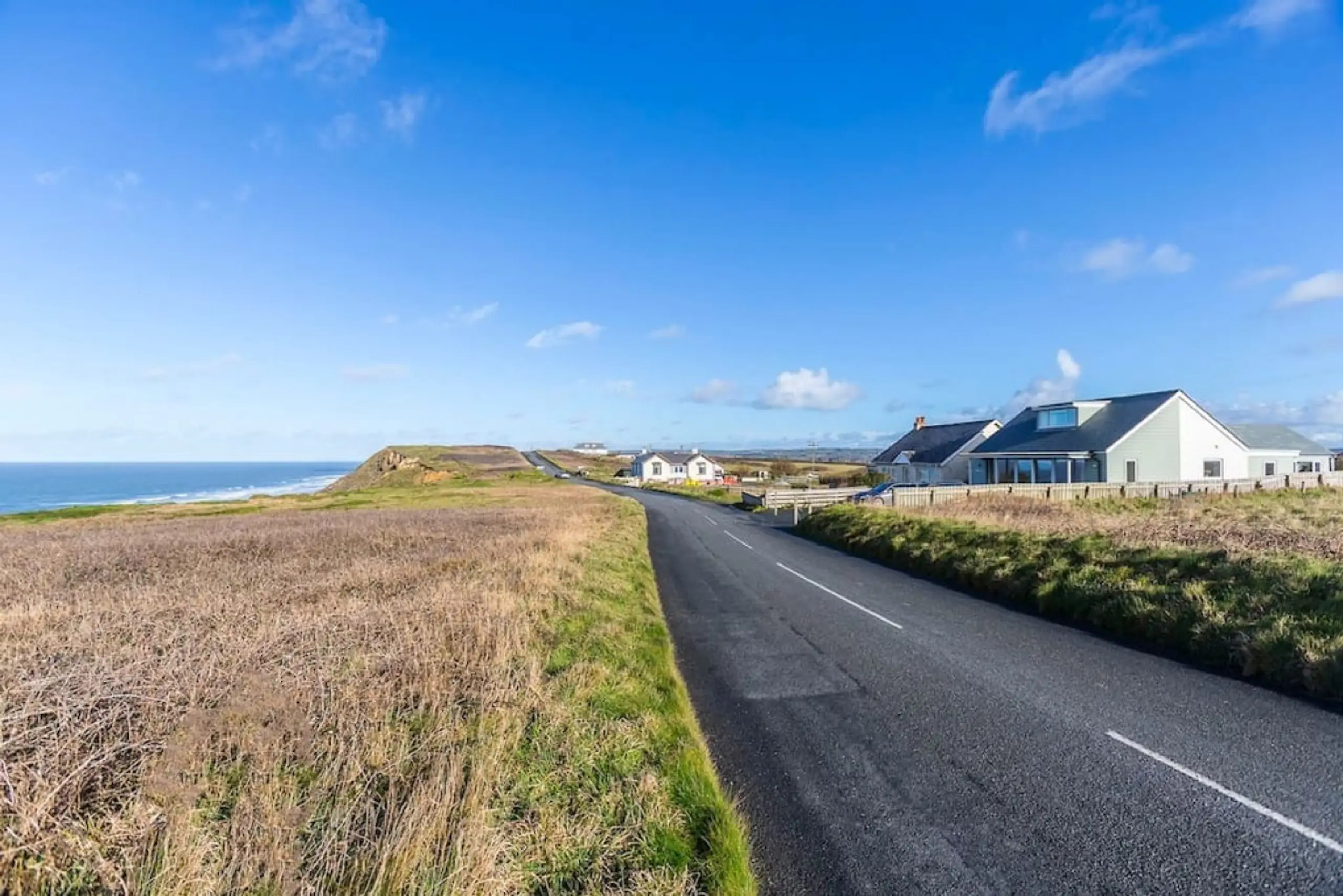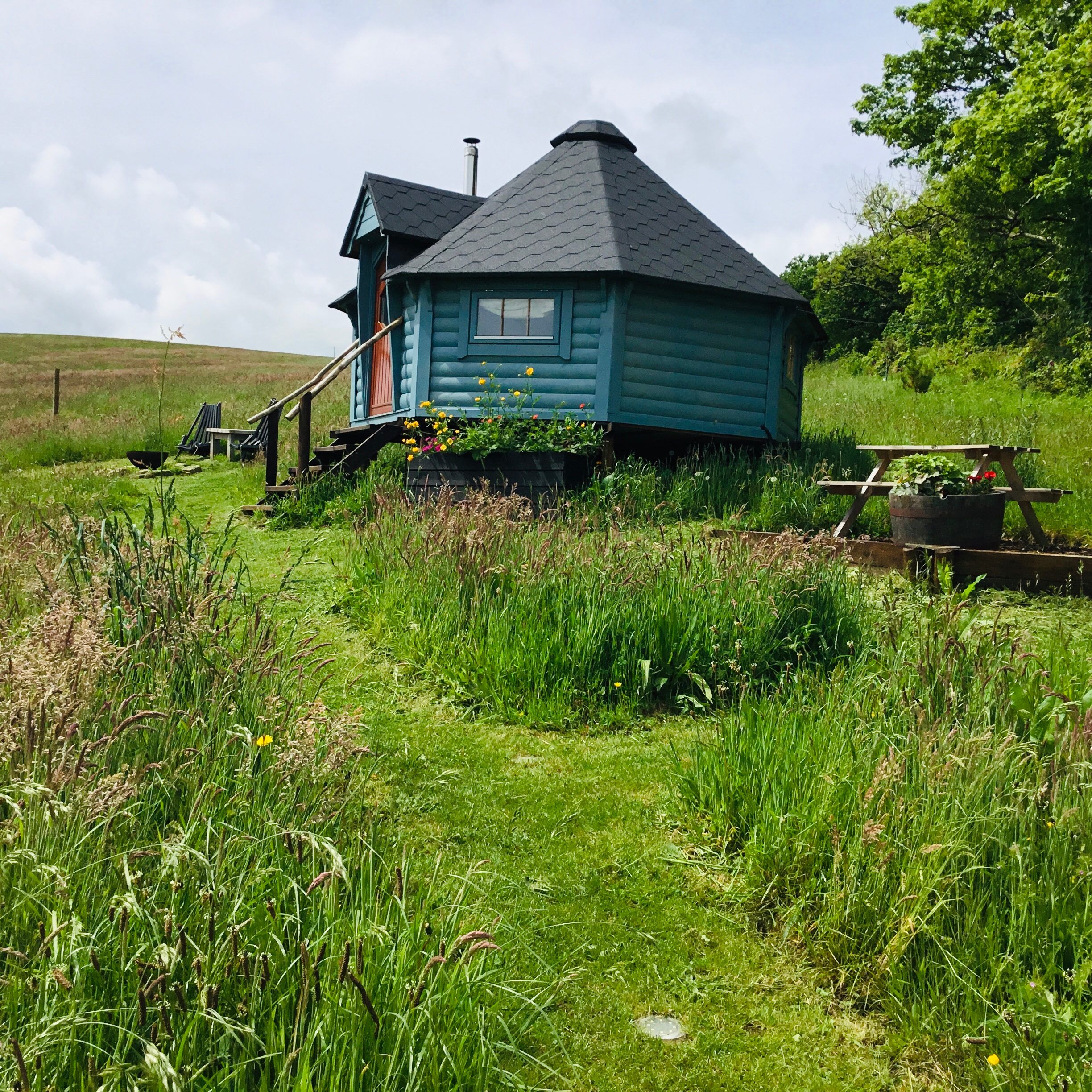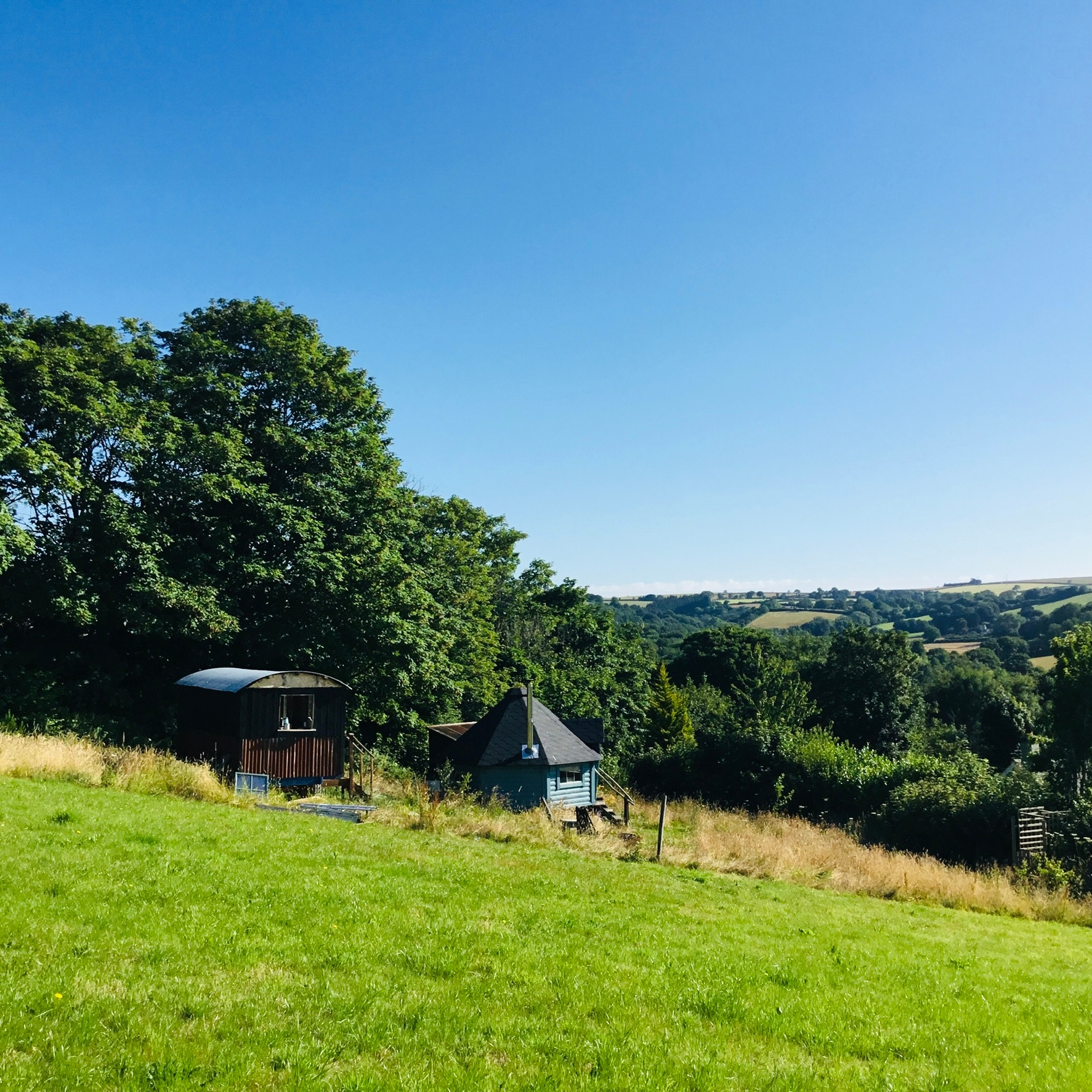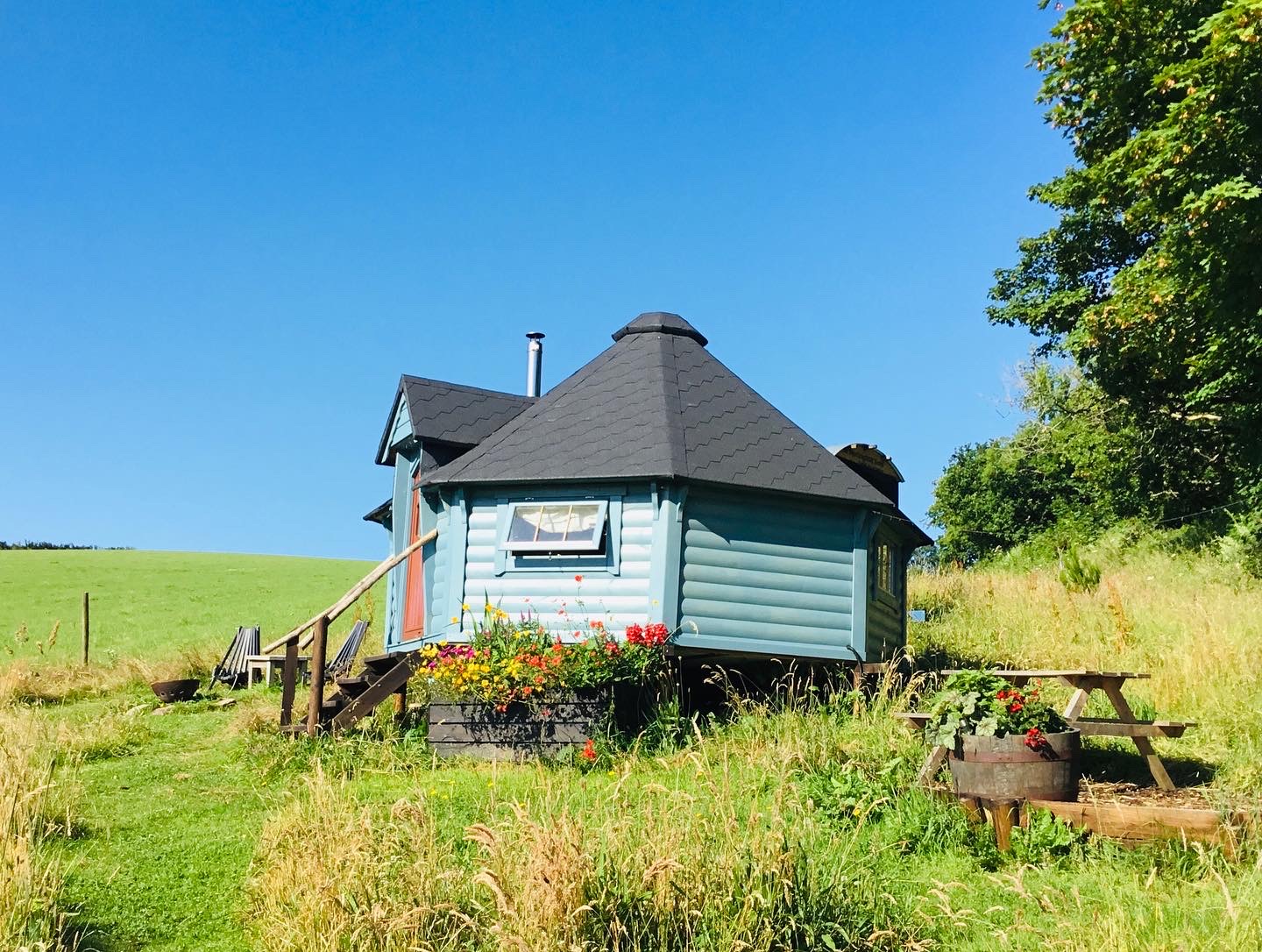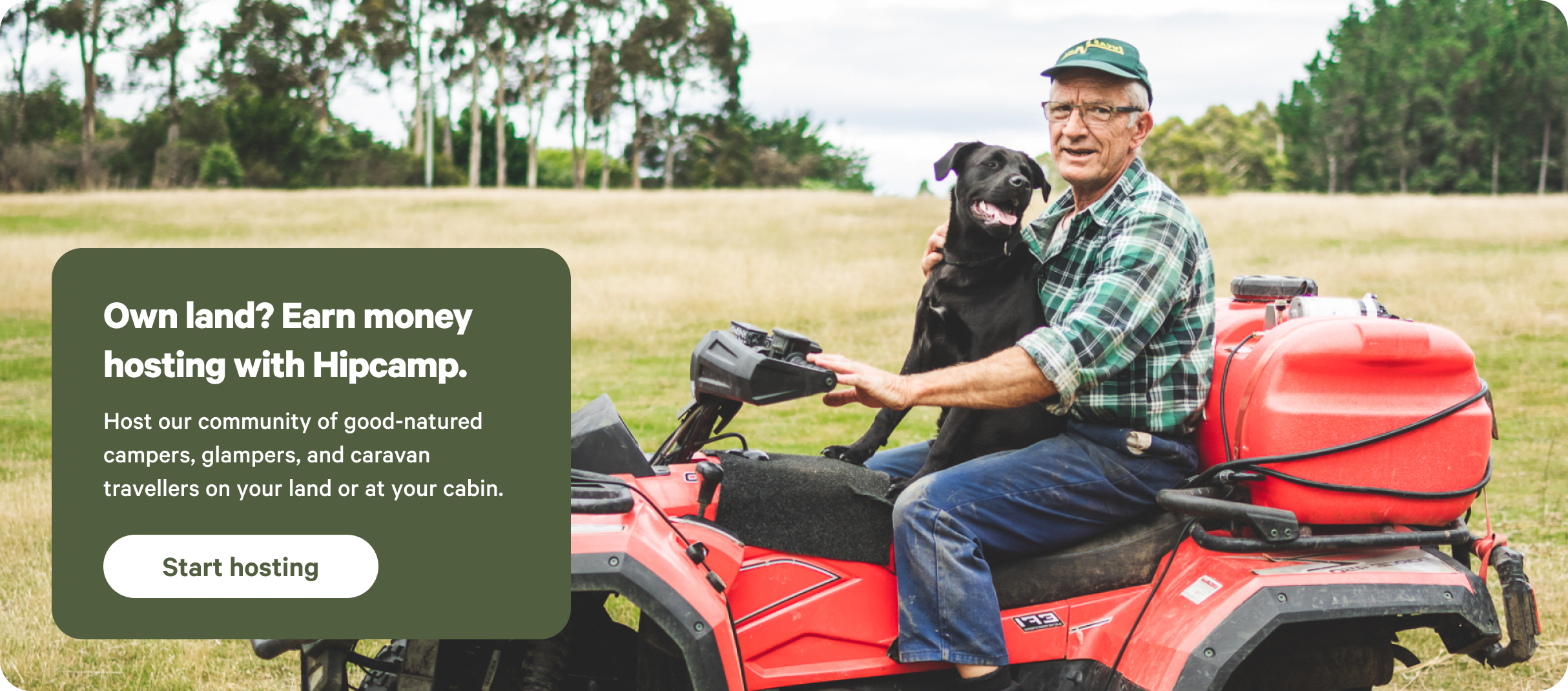97% (329)
Top-rated campgrounds near Cornwall
97% (329)
Top-rated campgrounds near Cornwall
Camper favorites in and near Cornwall
Top-rated campgrounds reviewed by the Hipcamp community.
Recent reviews from the Hipcamp community
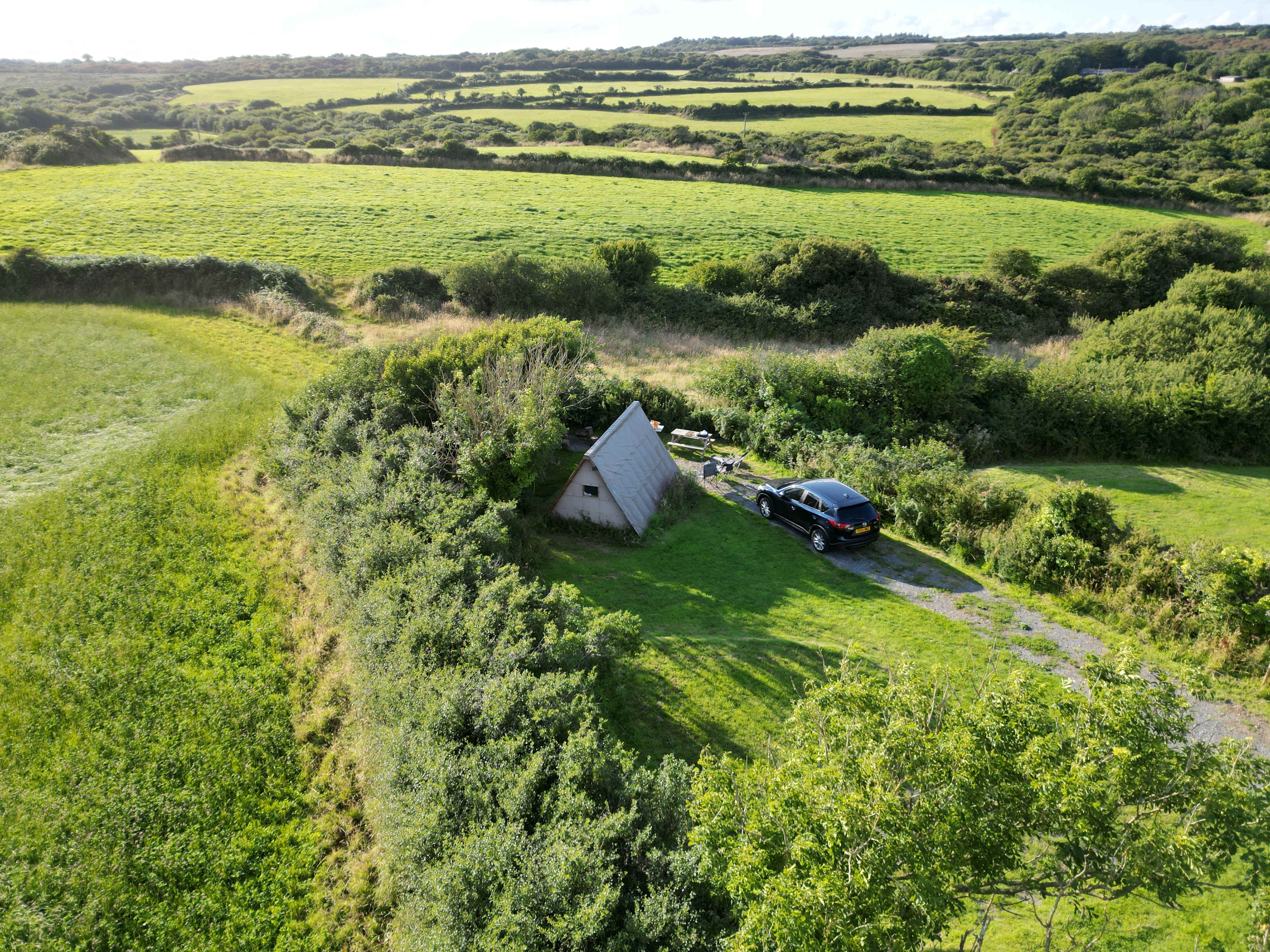
R
Ruth
September 2025
Weekend Trip to Coverack Camping & Glamping
The tent was bigger than I imagined, very sheltered and private. Loved the considerations to the environment, the compost loos, solar panels. Great communication when I enquired about firewood. Easy access to Coverack, great coastal walks and swimming beaches nearby. Would highly recommend.
See more
C
Caroline
August 2025
With kids
The most beautiful location and the huts were so cosy and clean. We had everything we needed. I can't wait to visit again!
See more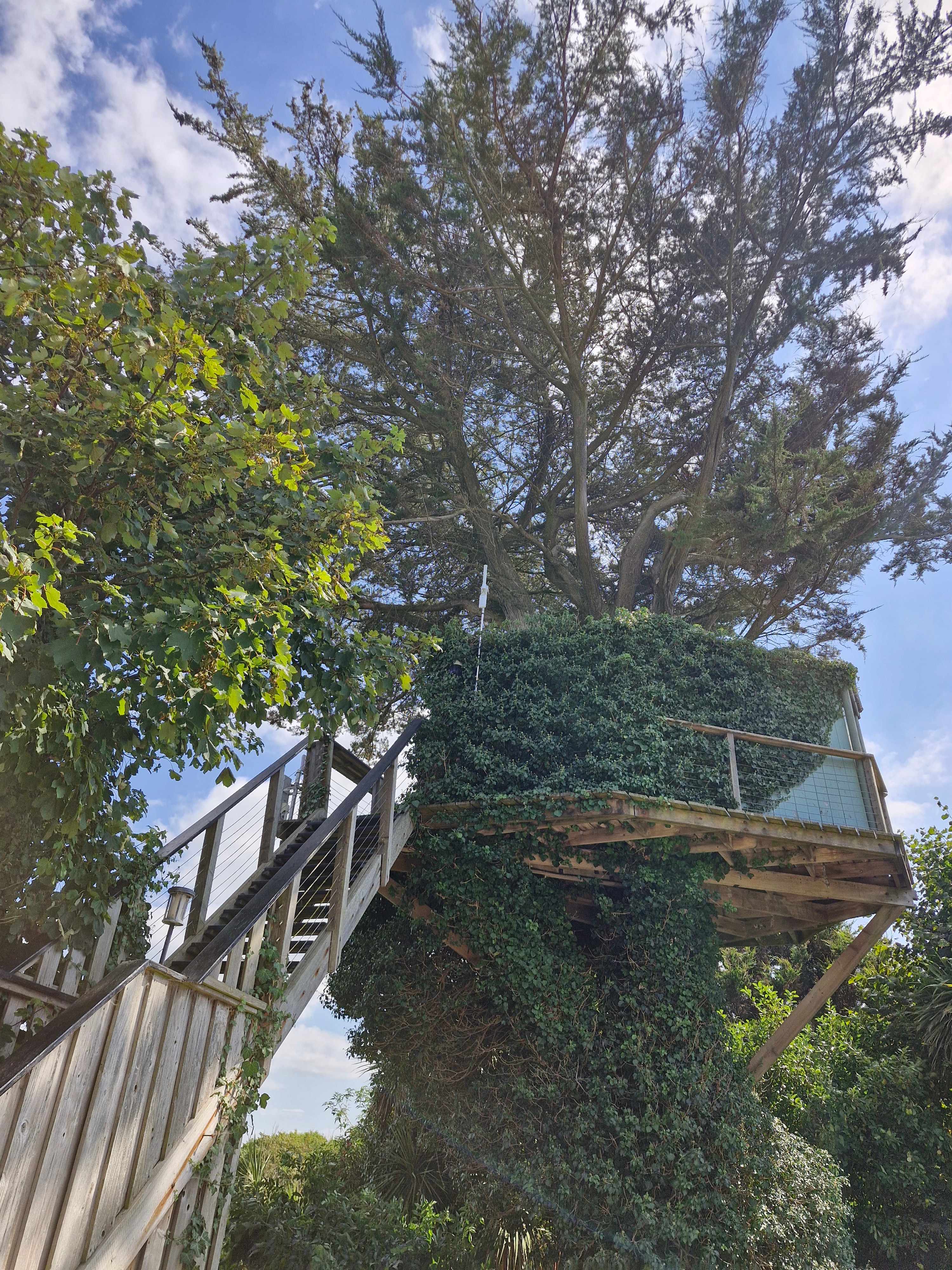
C
Charlotte
August 2025
5 nights at Surf Pods and Camping at Atlantic Farm
Lovely campsite, the pods look like Tellytubby Land! It's a bit of a walk into Bude probably 40mins but the park and ride is almost opposite the site and very reasonable. We stayed in the Tree House, it was comfy and clean. It has a kettle, microwave, toaster, BBQ and fridge which is so convenient. Would recommend taking your usual cooking kit as there are plates, mugs, bowls and glasses but not pots and pans or stove. I might also take a picnic table if you like to sit in the sun as the seating area is shady. No curtains means you need a sleep mask if you like a dark room but I loved waking up to the sight of a blue sky. Would also recommend a torch for going up and down the steps at night.
See more
V
Viktorija
August 2025
Weekend Trip to The Greenhouse Spa Retreat
We absolutely loved the place. Had the best time, very cosy ❤️ horses are beautiful ❤️❤️ everything was clean and tidy! We definitely recommend it to everyone and I’m sure we will book again soon, thank you 🙏
See more
S
Sharon
August 2025
3 nights at The Secret Garden
I travelled with two older grandsons. We were delighted with the space and facilities. I’m from that area but had no idea that this Secret Garden was there!
A pullout bed made sleeping for 3 adults possible. Nice little shower room and cooking equipment good. Outside seating area and hot tub were wonderful. We made fires each night and sat out late with hot chocolate to see the stars.
Fun swing (log on a rope) was enjoyed by all of us. The boys were surprised and delighted as was I
Sheryl communicated by message and was so helpful. The fresh eggs (option) were delicious.
Hope to return again.
See more
R
Rosalind
August 2025
With pets
The bell tents are beautiful and come with everything you need - pots, pans, a kettle, a stove and cool box. Tent looks out over playground and children loved it. Campsite is high up with gorgeous views but can be windy so bring warm clothes! Will return!
See more
Nicole
August 2025
With kids
Very spacious, quiet, well maintained campsite. The bell tent was very well equipped and the outside kitchen covered with a tarp was very convenient. Everyday frozen cooling elements are provided for the cool box. Great service! Lesley and Tony were super friendly and helpful. The kids had lots of fun playing and could wander on their own around the campsite. Can recommend staying here!
See more
F
Felicity
July 2025
Weekend Trip to Willow Valley Holiday Park
We had a lovely stay in the school bus! It was surprisingly roomy and very well equipped. Hosts were very welcoming on arrival and always about should we have needed help during our stay. The campsite itself was lovely and quiet, the facilities very clean and well maintained and a useful little shop should you need something! Would definitely recommend this stay to others - thank you!
See more
J
Jo
July 2025
With kids
The best week of camping! Fantastic Celtic pod, really great price, clean eco toilets, warm showers, lots of charging stations. Best of all, such a beautiful location and town!
See more
A
Ashley
May 2025
3 nights at South Penquite Farm Glamping
Fantastic stay, Baby bear yurt was a treat to stay in for the few days I was there & the internal log burner made for warm nights even when the weather wasn’t great.
Set amongst stunning terrain & close to major landmarks makes this a great base of operations for exploration.
See more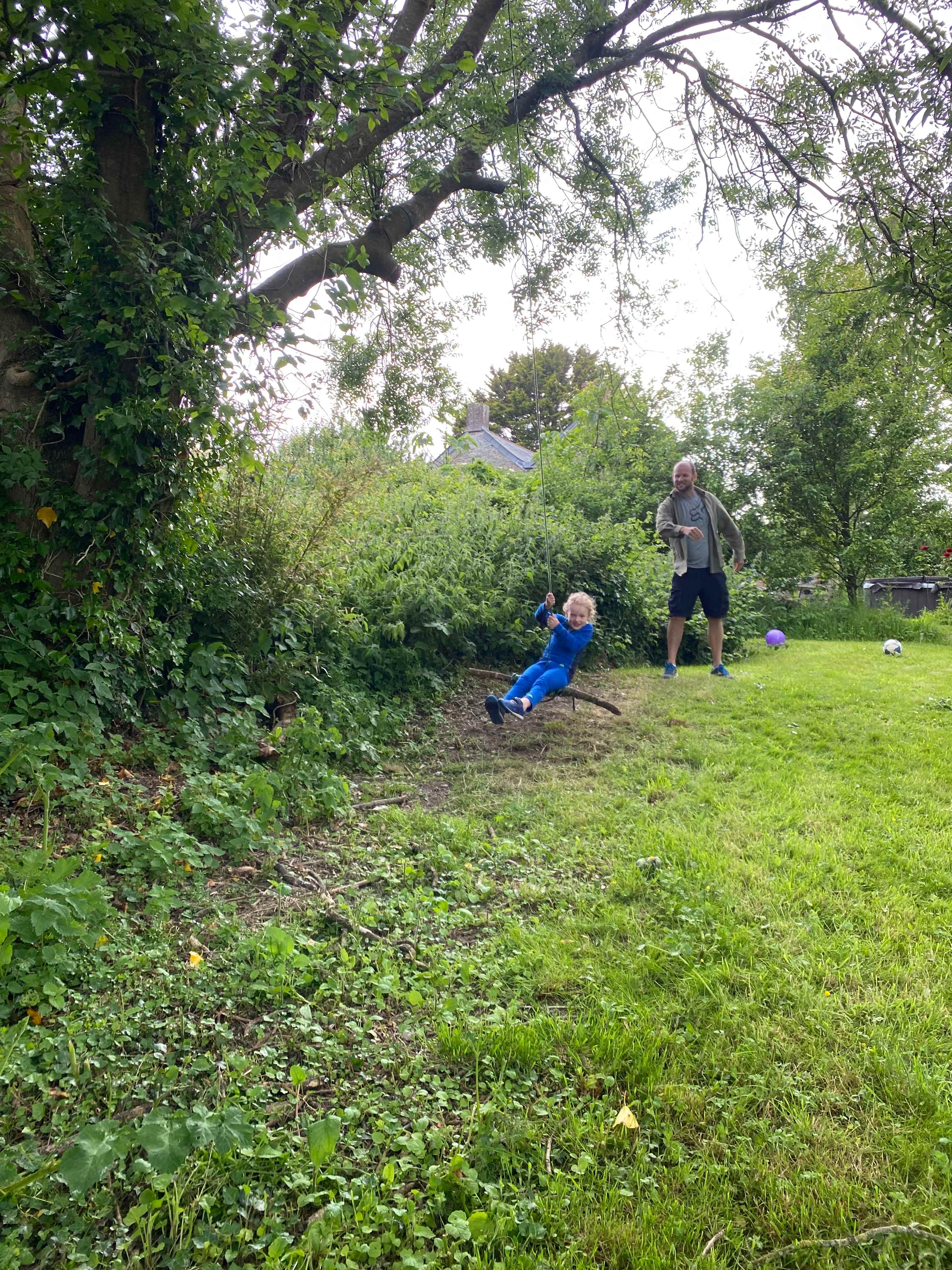
S
Sarah
May 2025
With kids
We had a lovely stay at the Chalet. Hot tub was lovely and warm with music hook up. The chalet was really cosy and nice hot shower. The garden was lovely and my son enjoyed the rope swing, playing with the cat and building a fire. Hope to come again! Crantock beach with free parking for National Trust members is nearby.
See more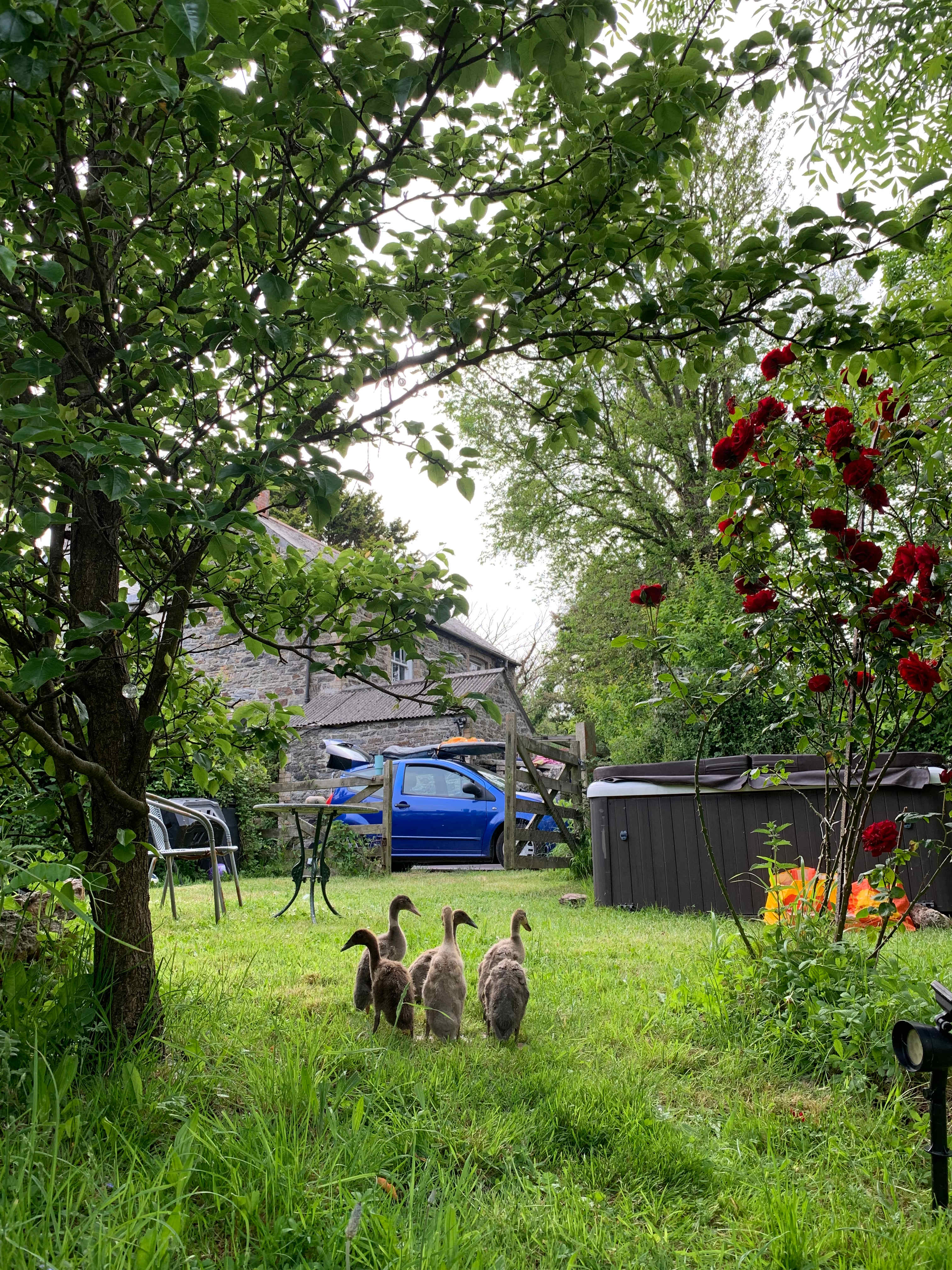
Jacob
May 2025
Weekend Trip to The Secret Garden
Thanks Sheryl for a beautiful weekend, we had the most special 21st celebrations! The site is great really spacious and the utilities are ideal, meant we could cater for 11 of us. Has everything you’d want with the fire pit and hot tub! Sheryl was great as well, super welcoming and helpful, sorted out any issues we had immediately. Location is sweet too, we walked and bussed into town both were easy. And nice ducks!
See more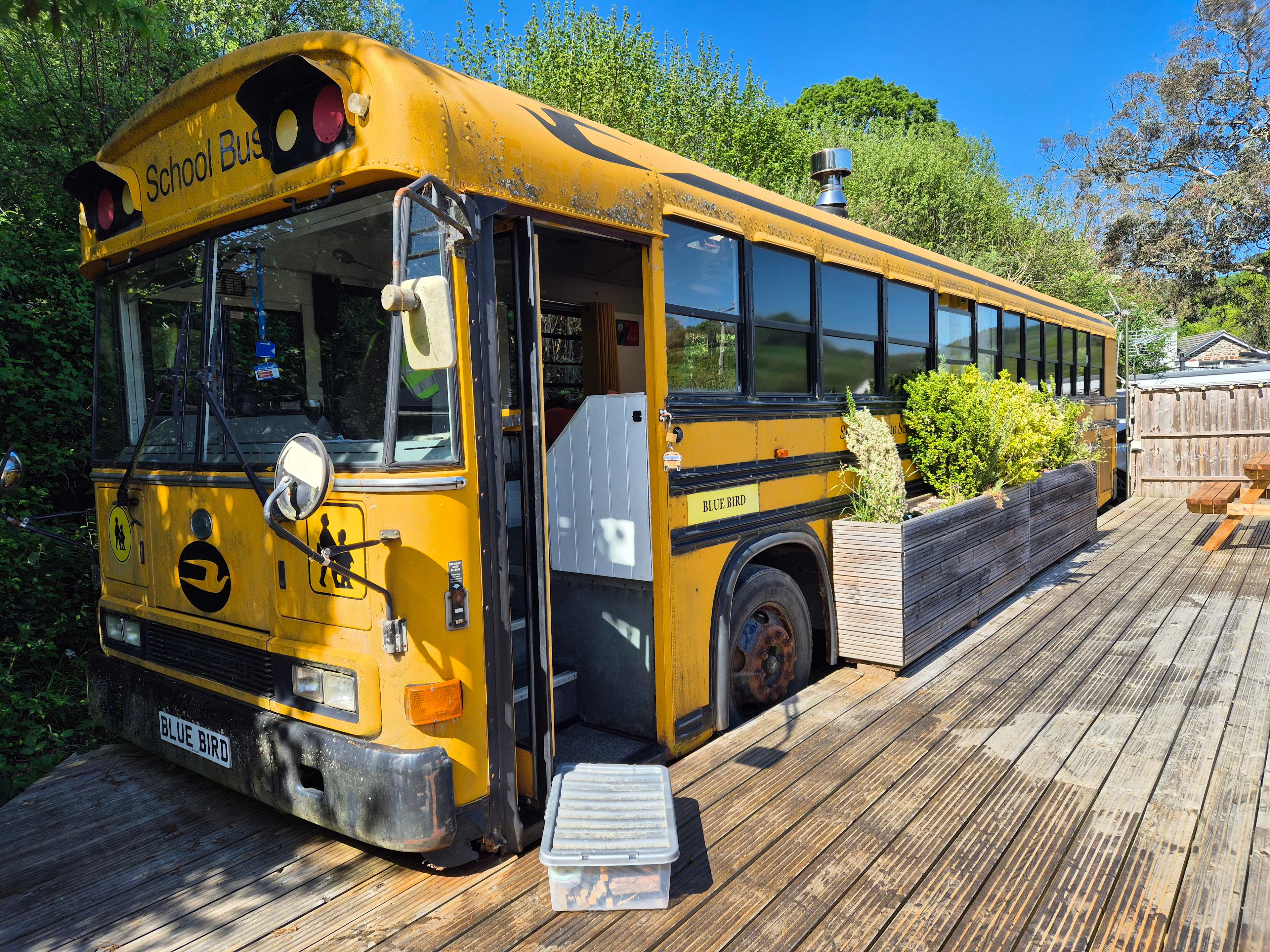
K
Kerry
May 2025
With kids
It was a brilliant weekend in Bluebird - the comfy, spacious American bus. We loved every minute! The campsite is really well set up and peaceful, I'd highly recommend both the site and the bus.
See more
I
Ian
April 2025
With pets
Really nice break over Easter. Becky and team were welcoming and helpful. The shepherds hut was brilliant. Thank you..
See more
S
Sam
April 2025
With pets
We had a great stay in the bluebird bus, our little boy especially loved it. Nice touches such as the welcome bag, biscuits, some tea and small squash. Logs and lighters for the chiminea and log burner all added to a fantastic stay.
The campsite itself was really peaceful and relaxing. The toilets and showers seemed to be brand new and really clean.
Great location for the beaches and walks.
We will definitely be back.
See more
Victoria
April 2025
With kids
Our stay in Bluebird exceeded our expectations! The bus is fantastic and an incredible first glamping experience for our 2year old & 6year old boys! The bus was clean, comfortable and unique and the outdoor space was lovely, the boys loved toasting marshmallows in the firepit.
Becky and John were wonderful hosts, friendly and welcoming & it’s clear they have put a lot of love into the whole site.
Highly recommend if you are looking for a quirky glamping experience with your family!
See more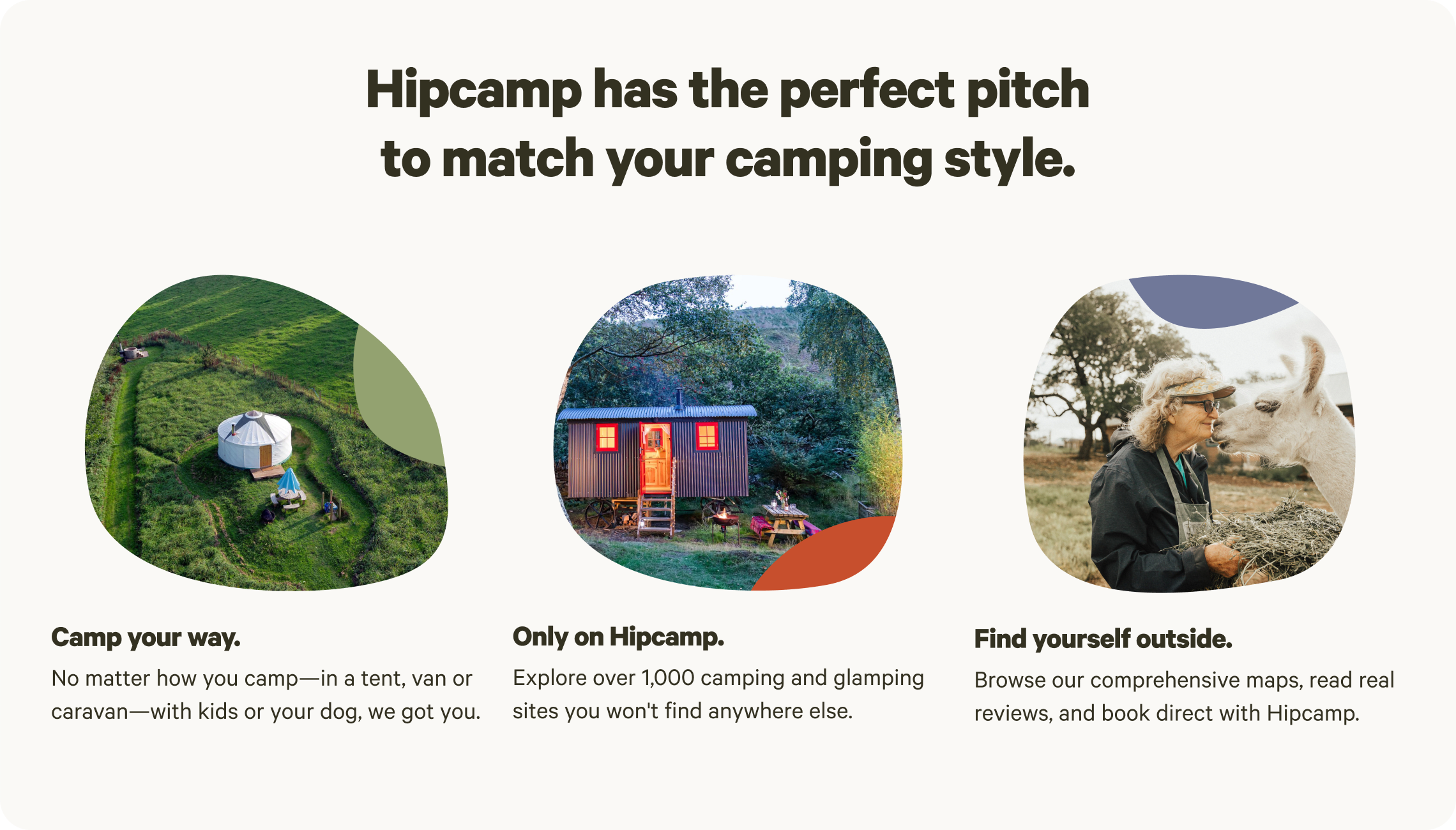

.. there are plenty of reasons to go glamping in Cornwall.
